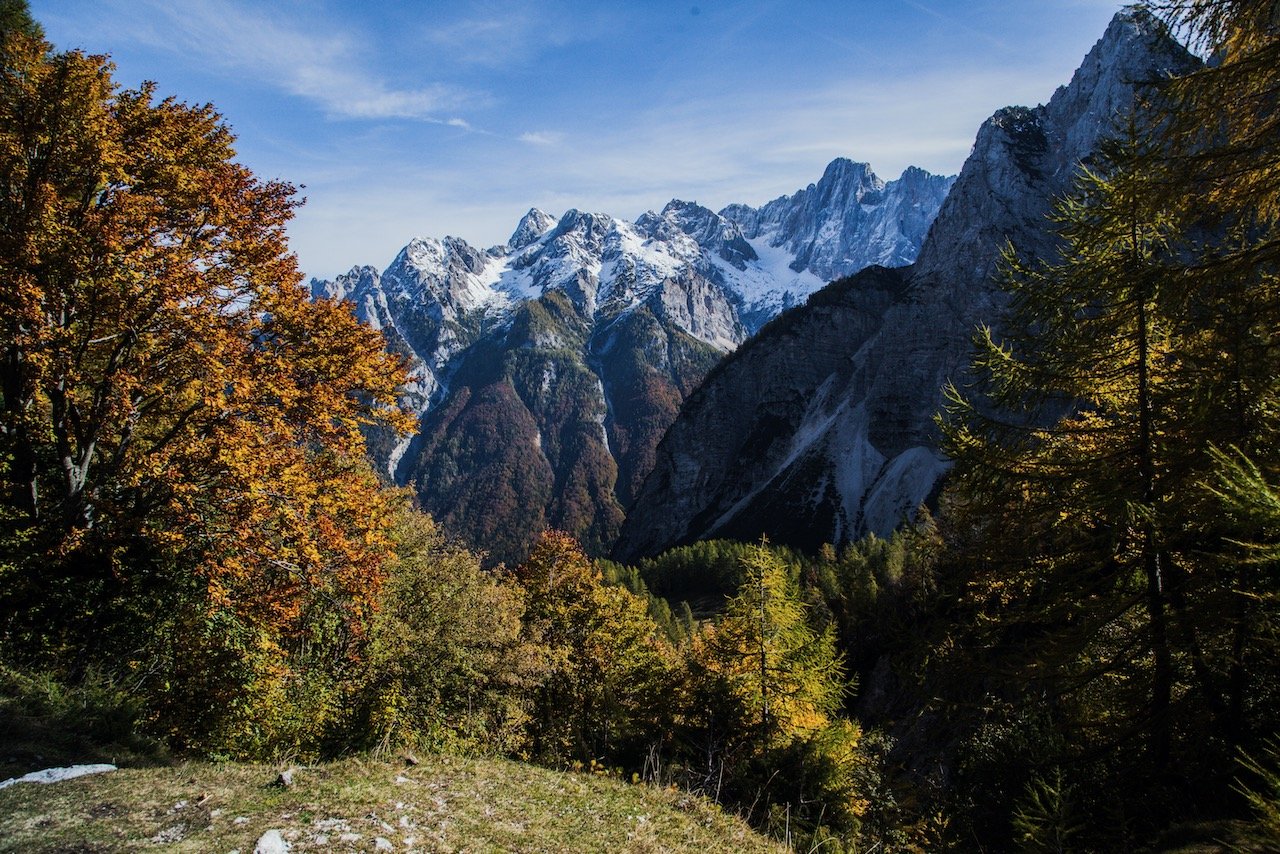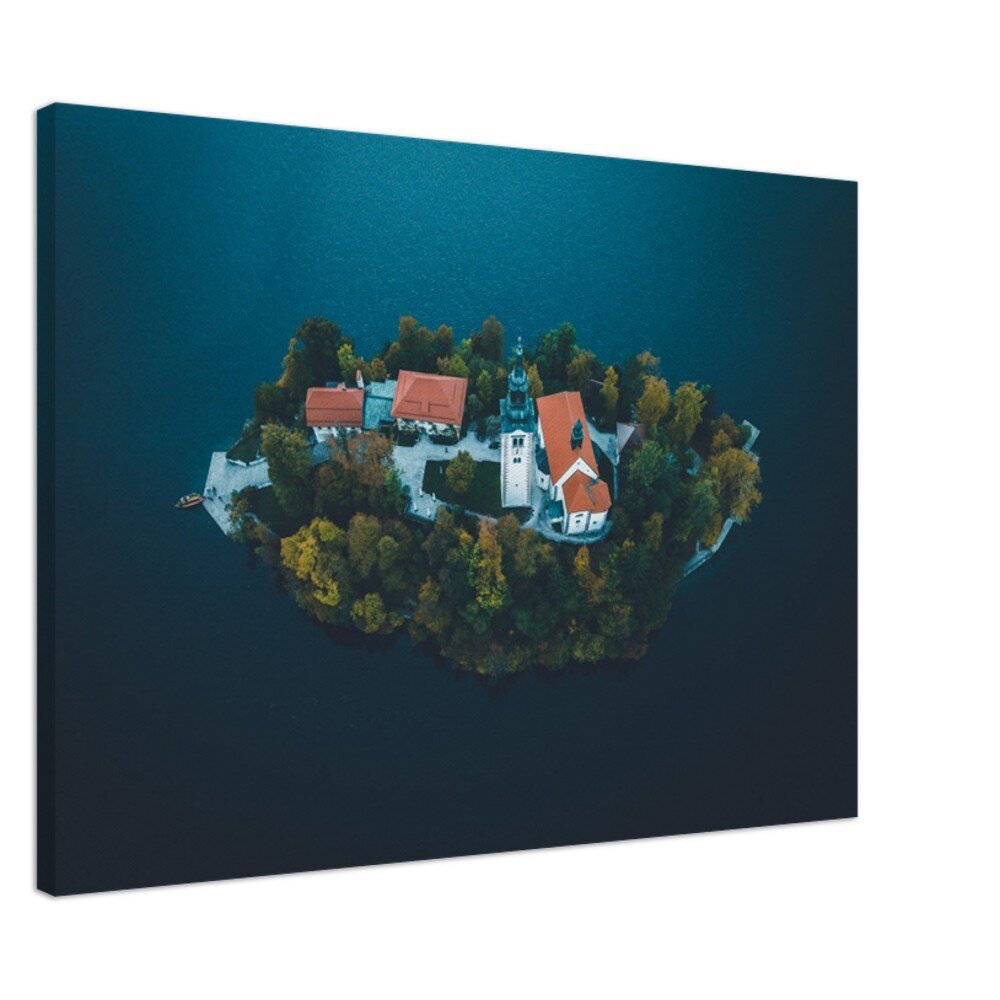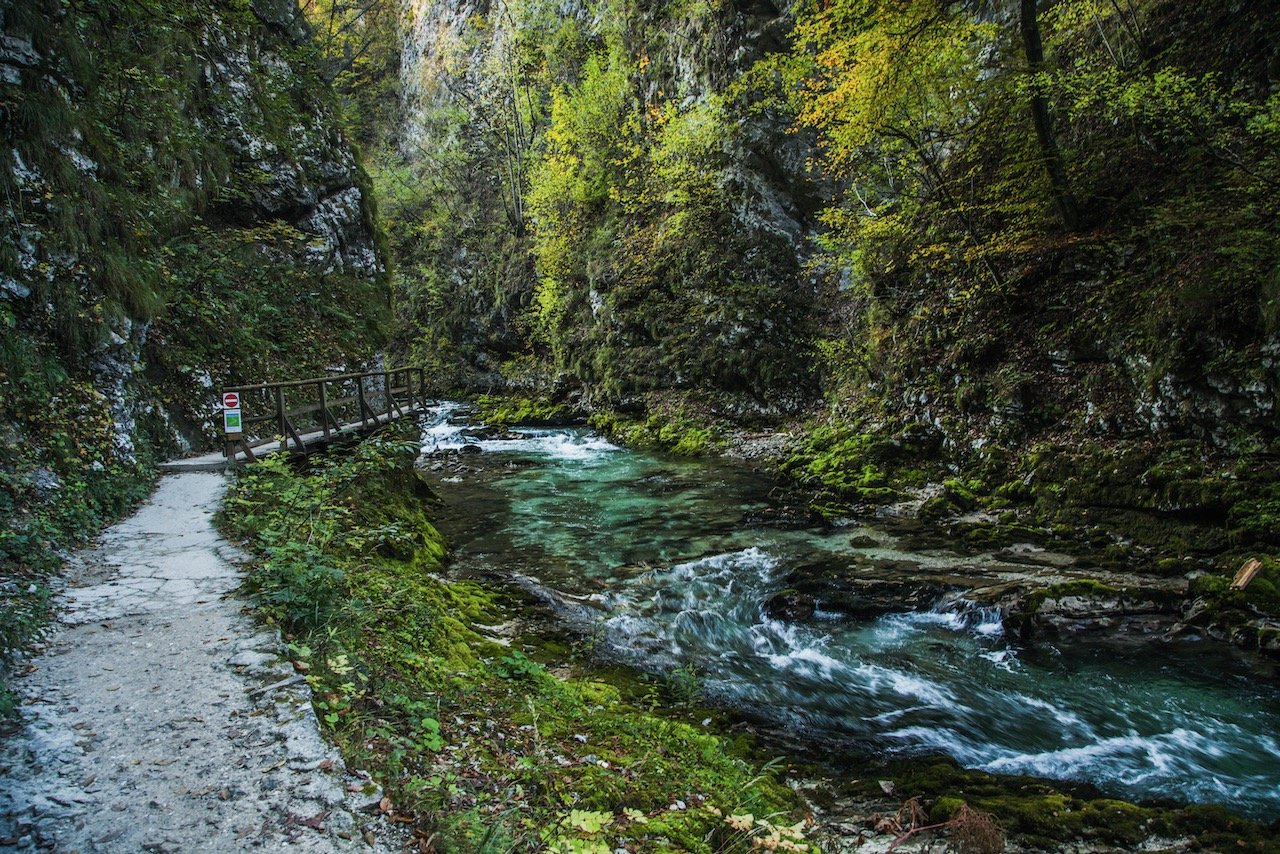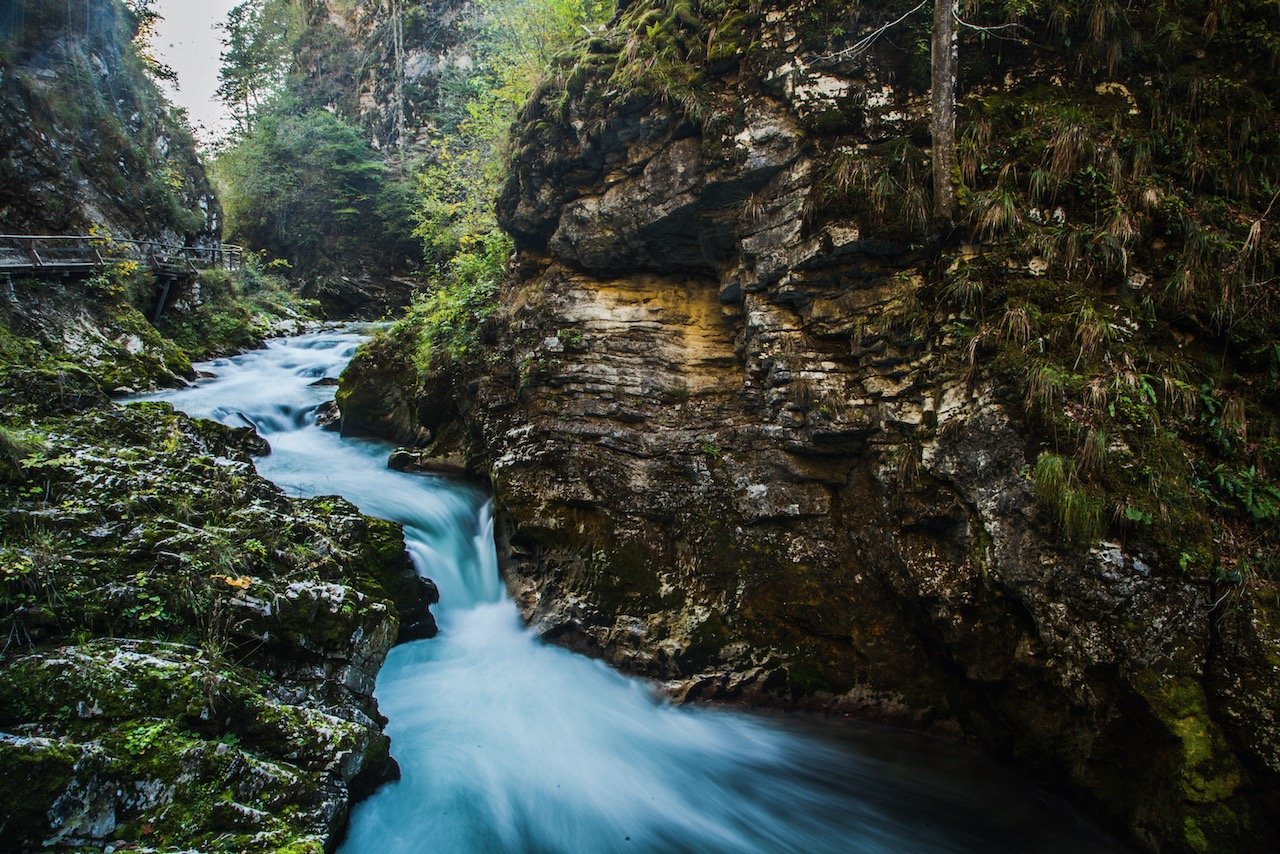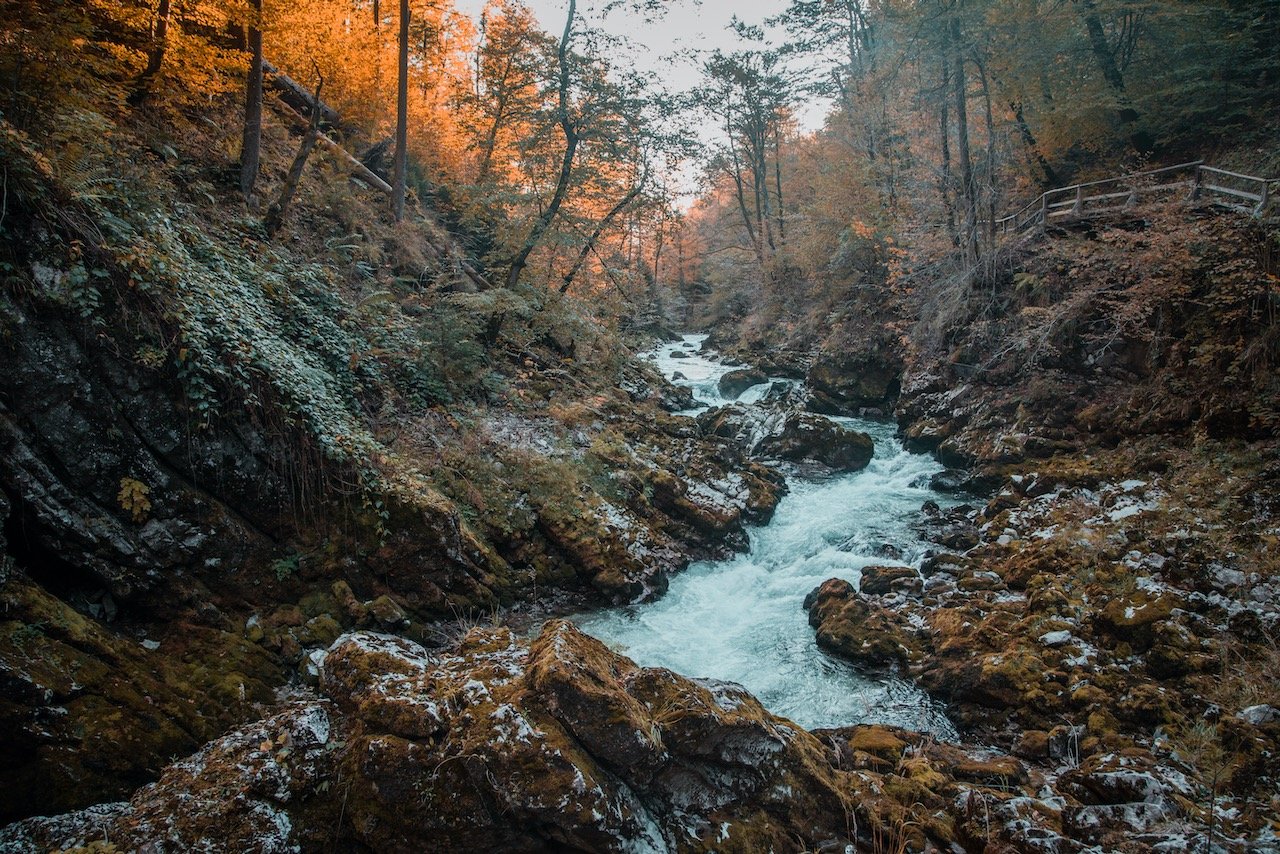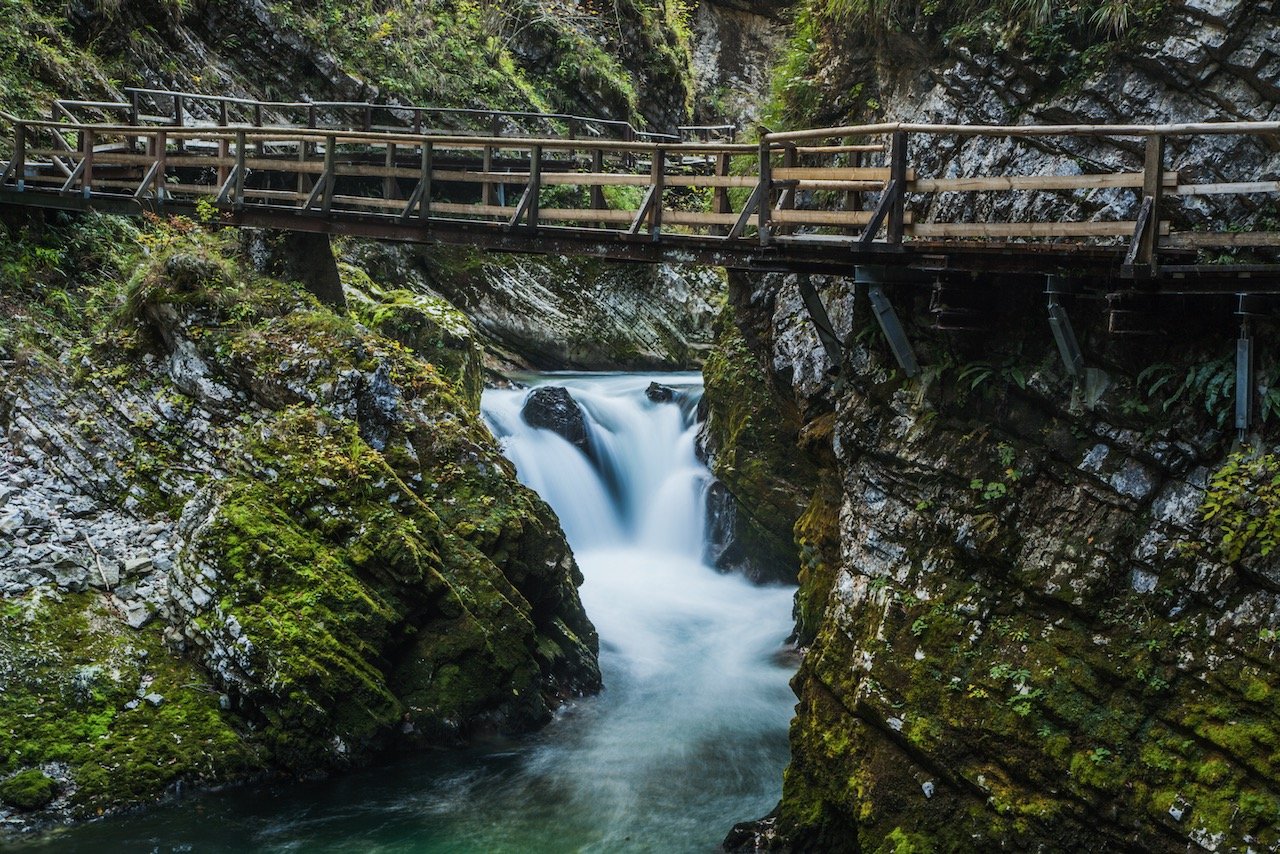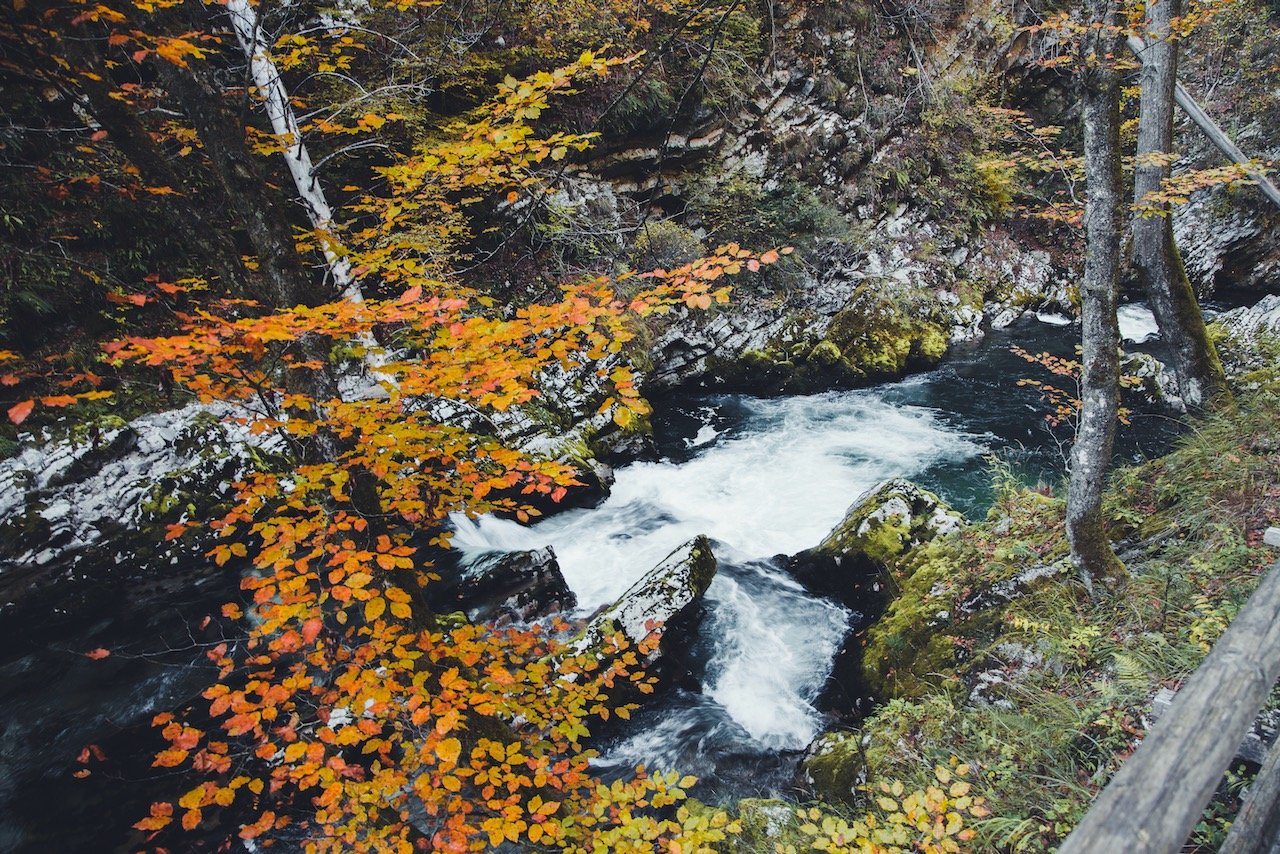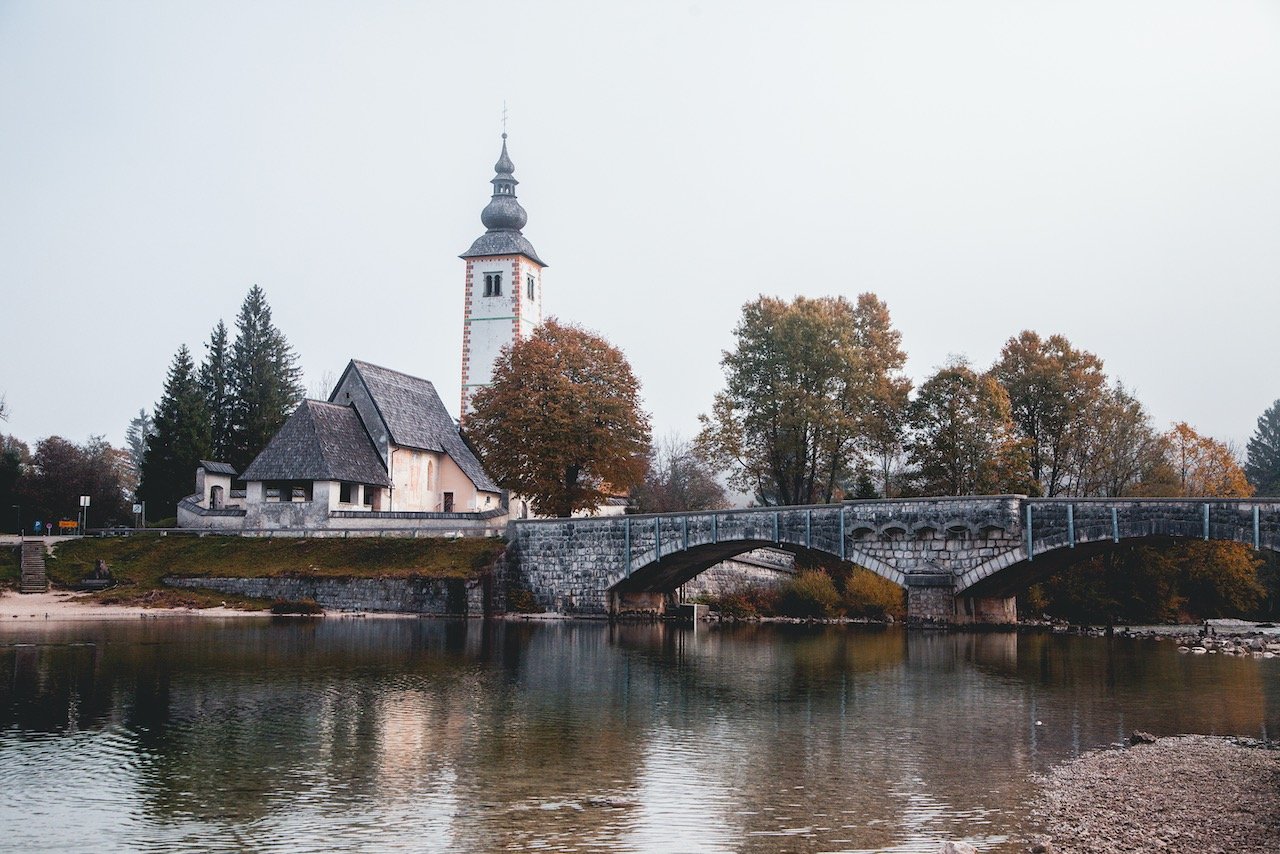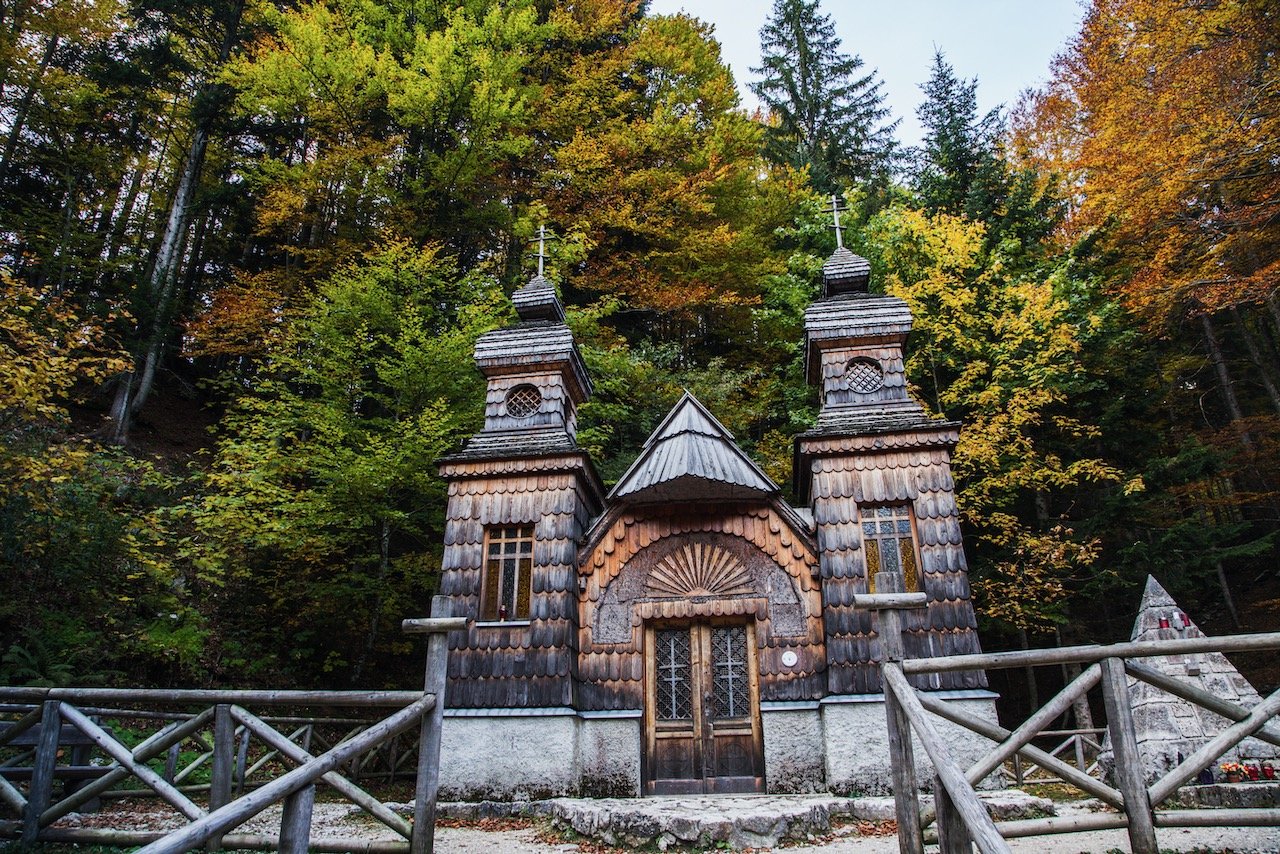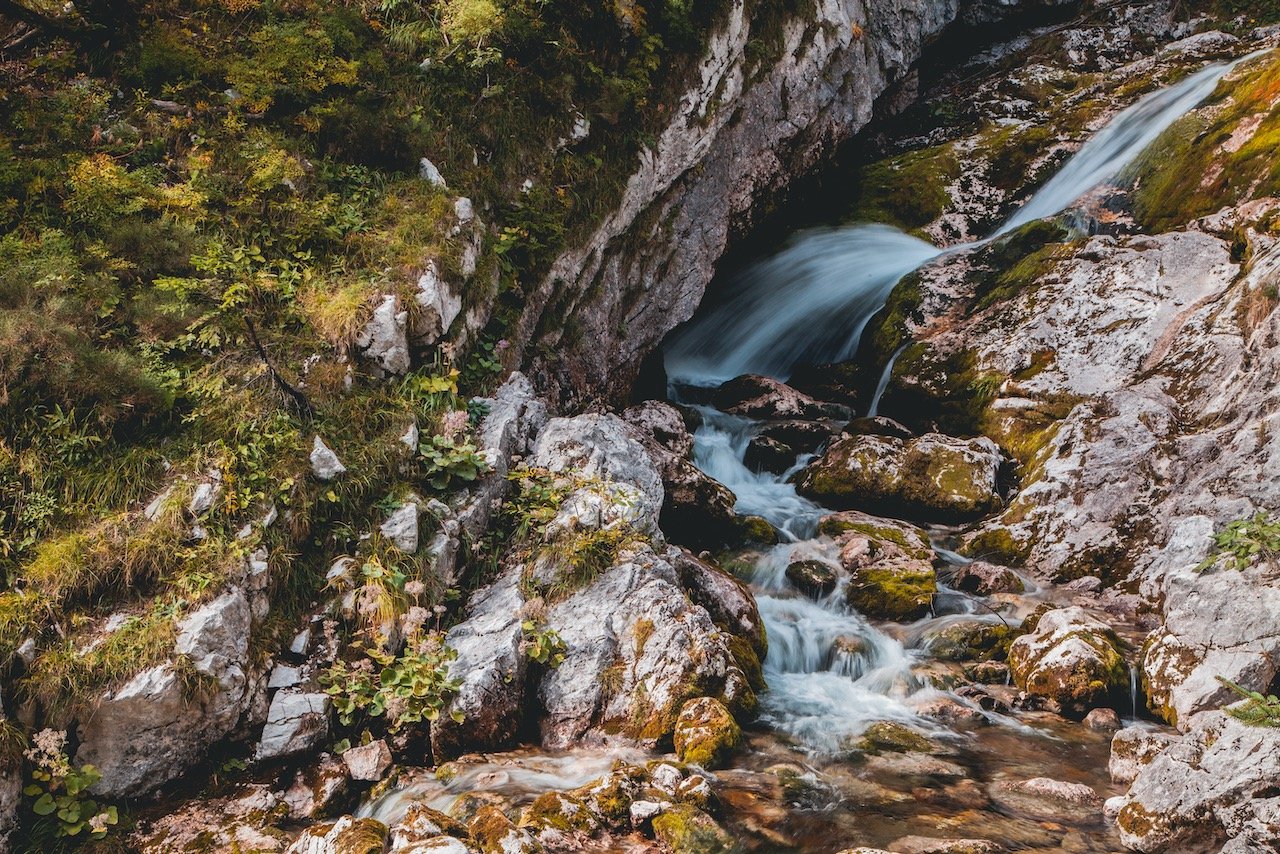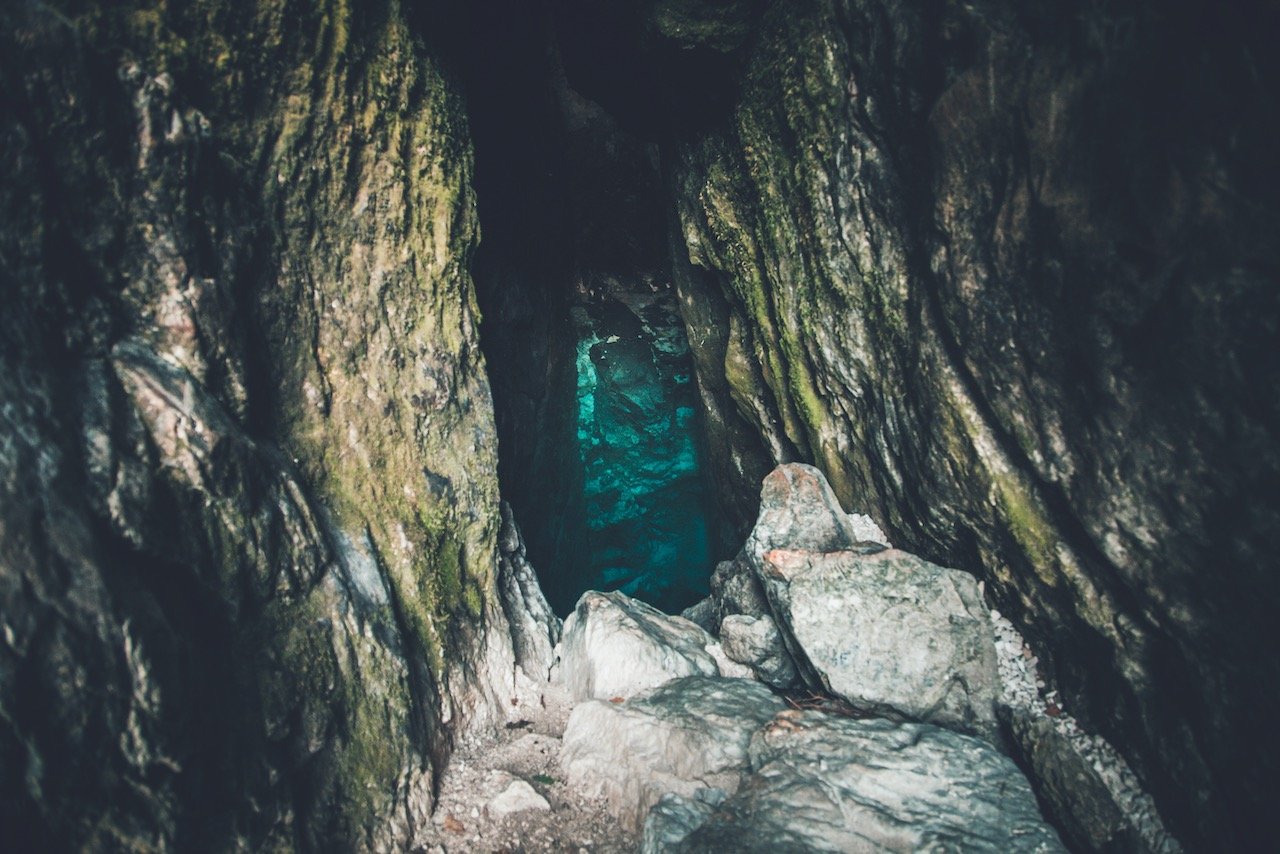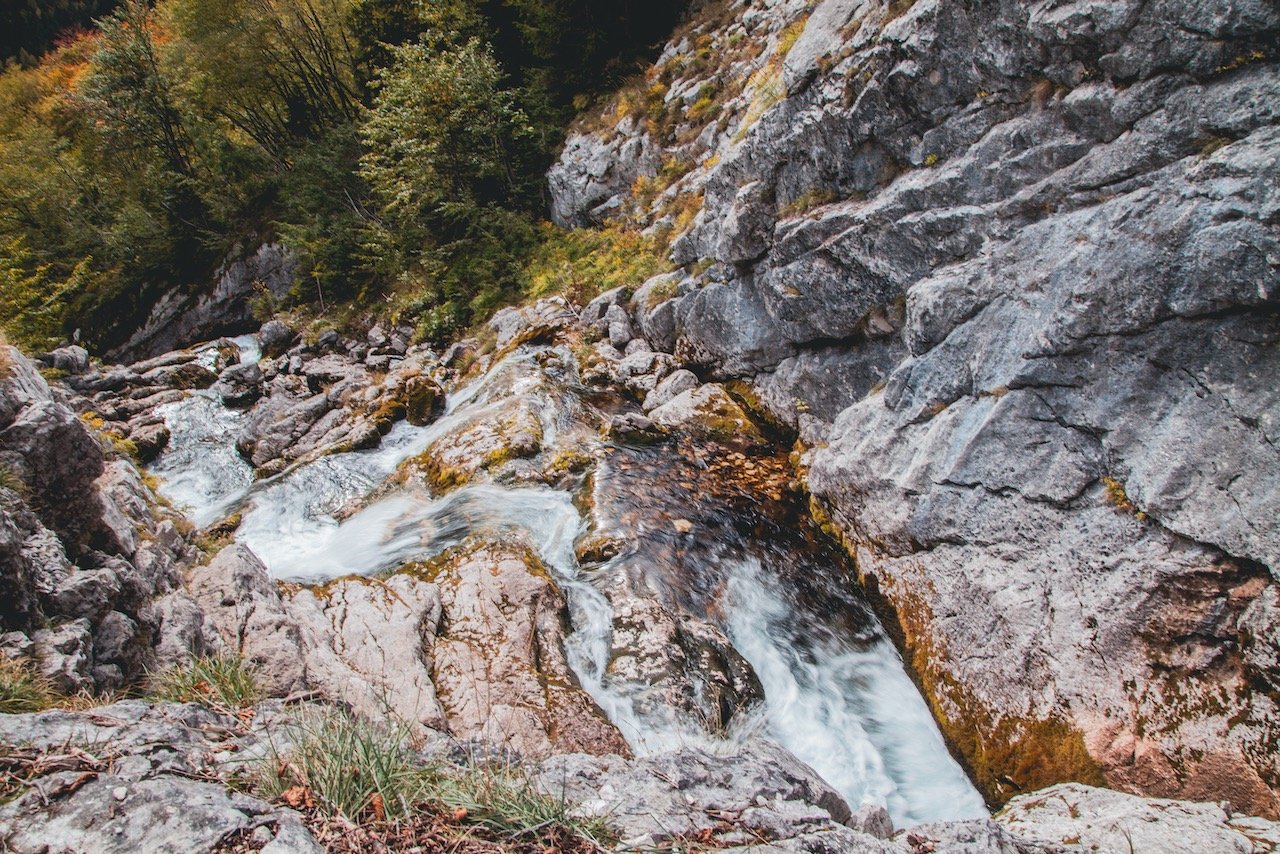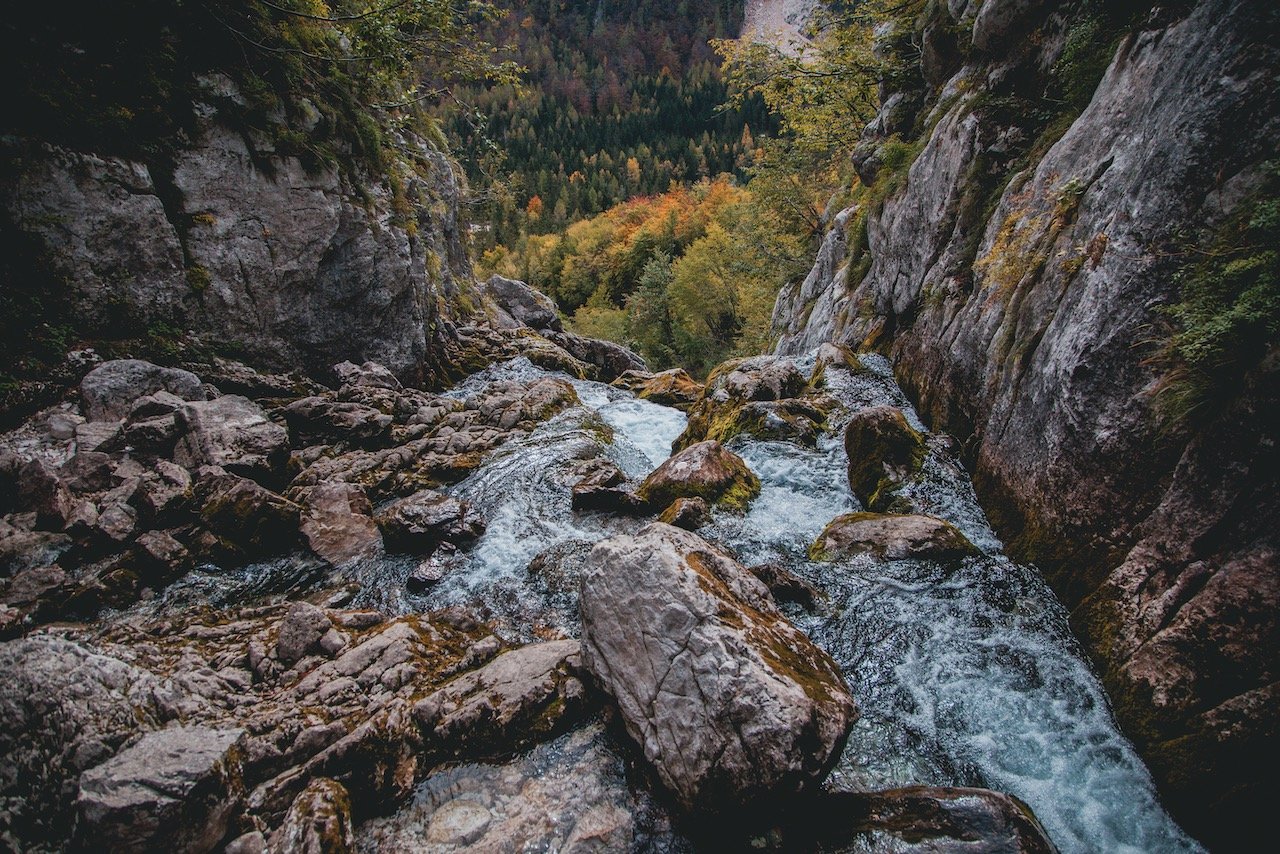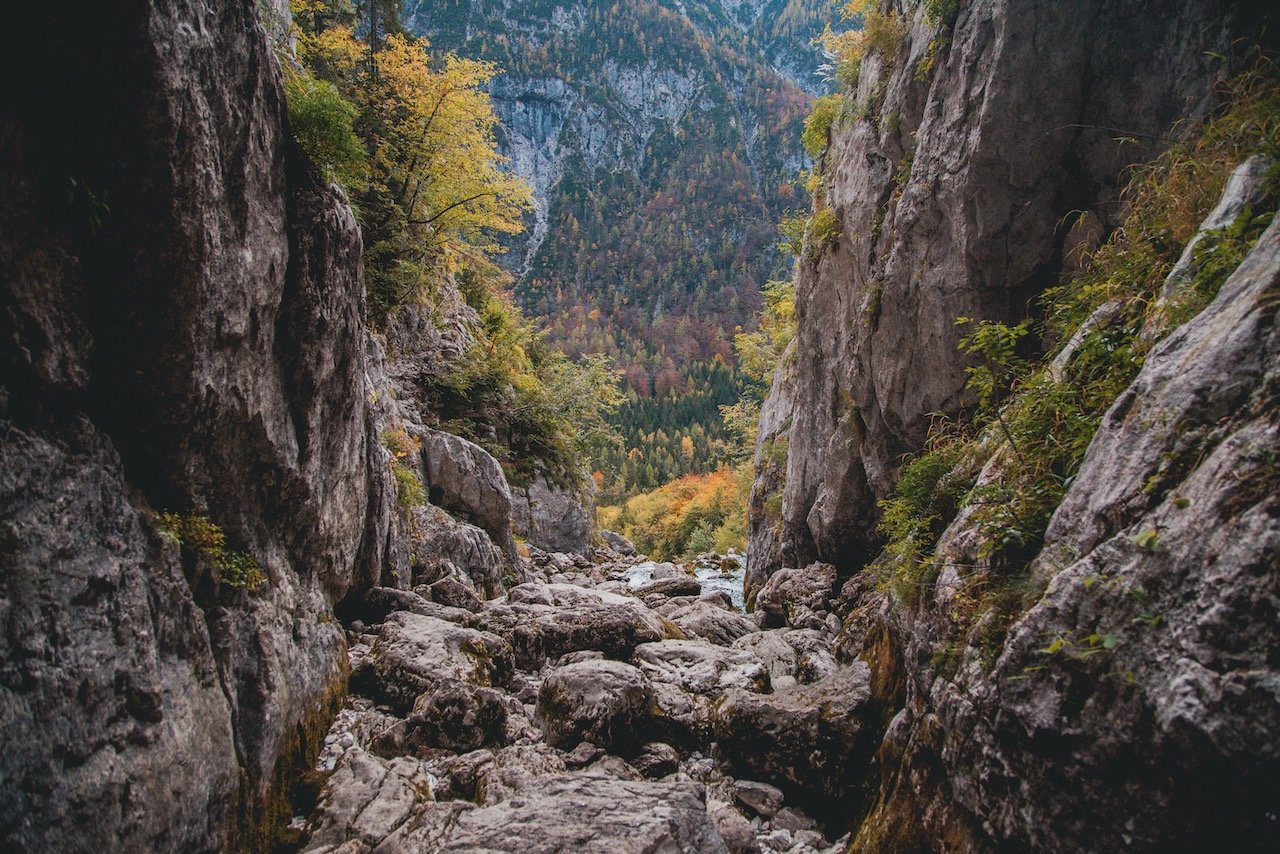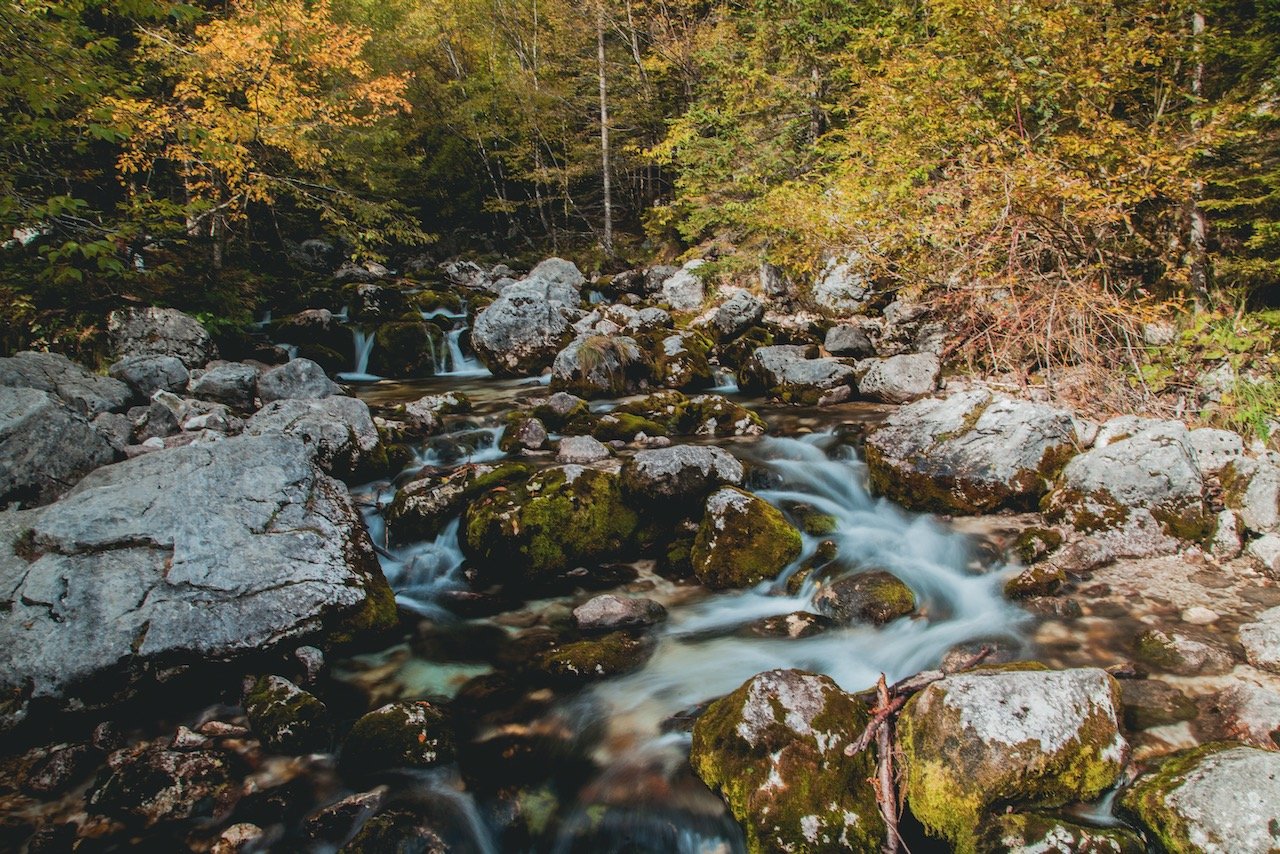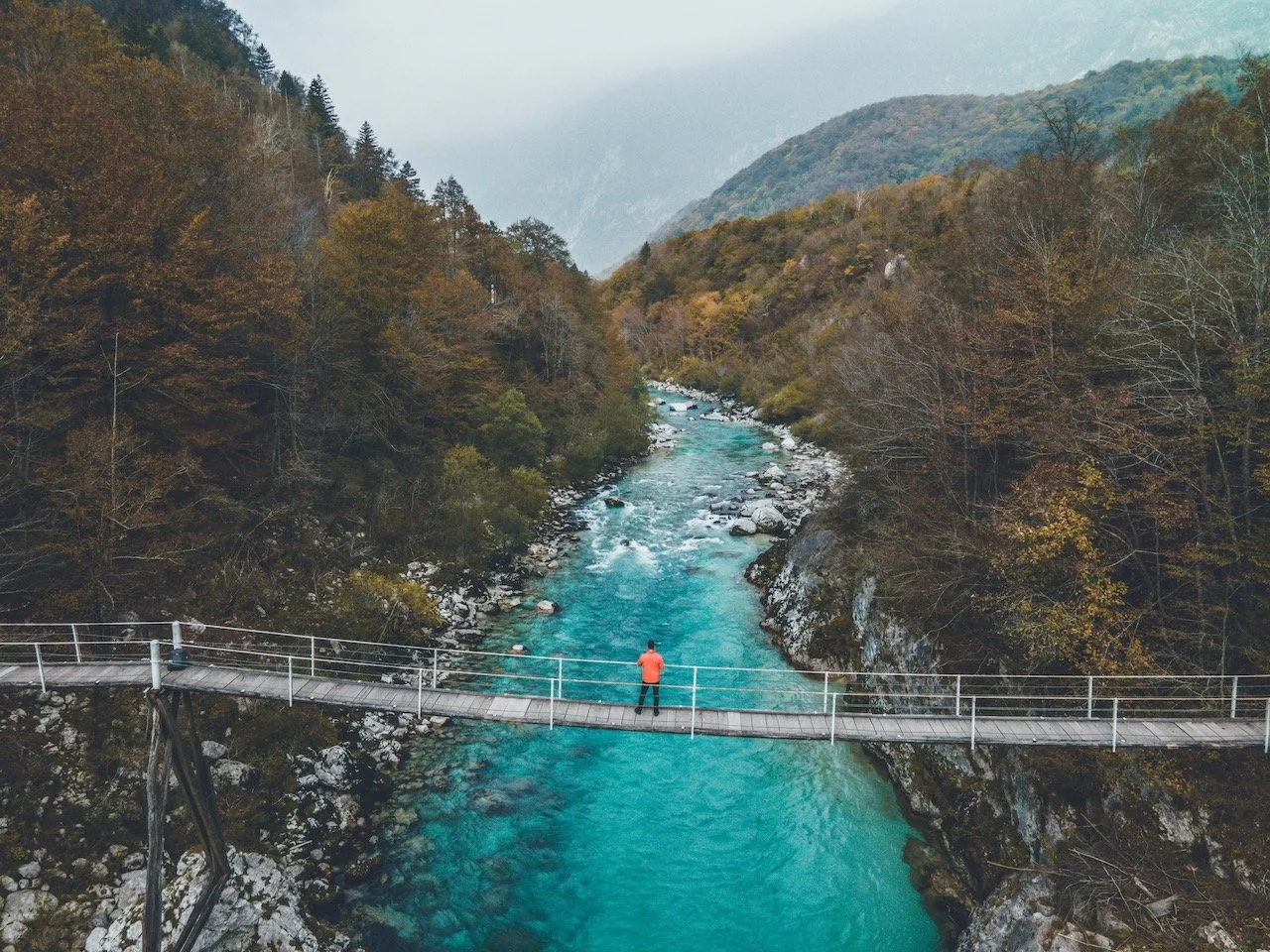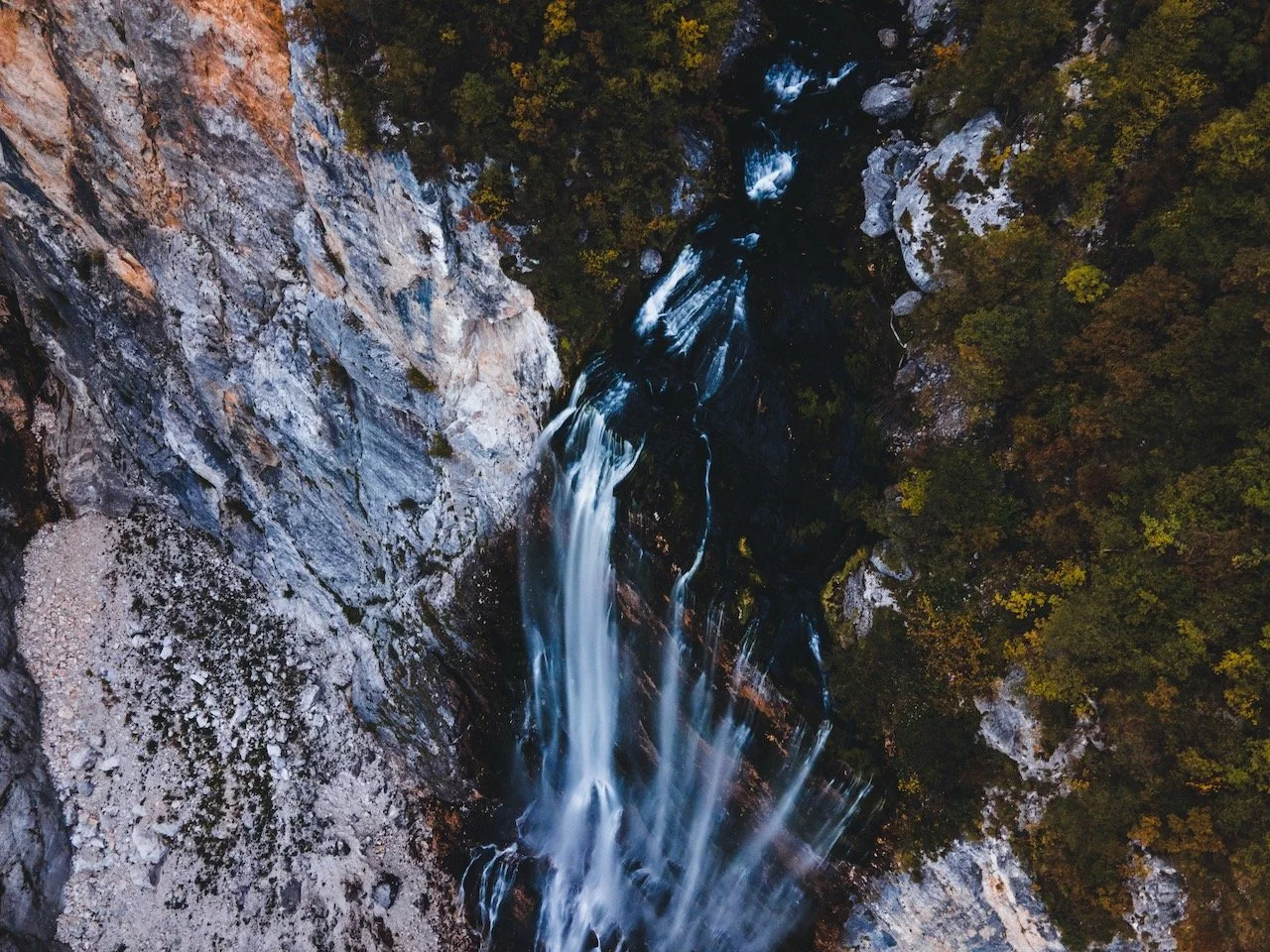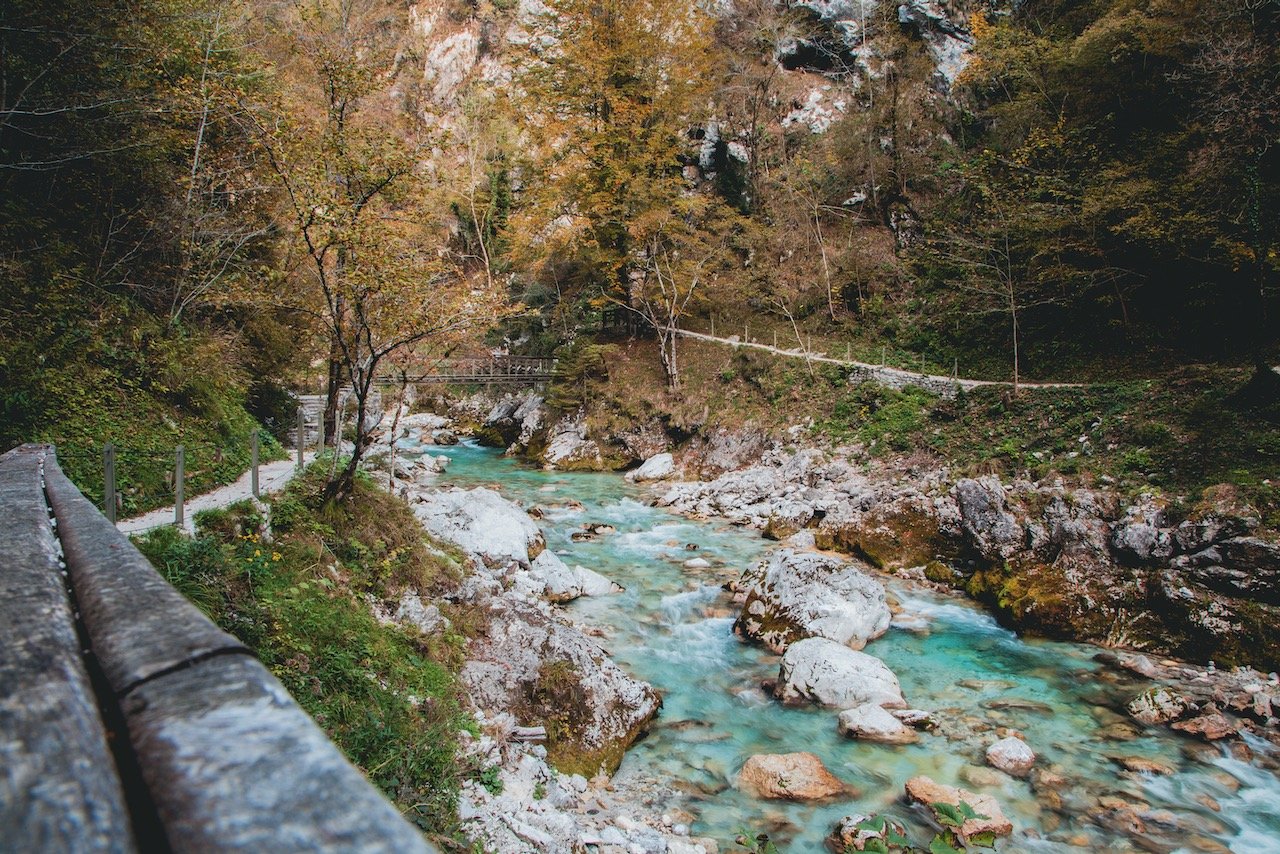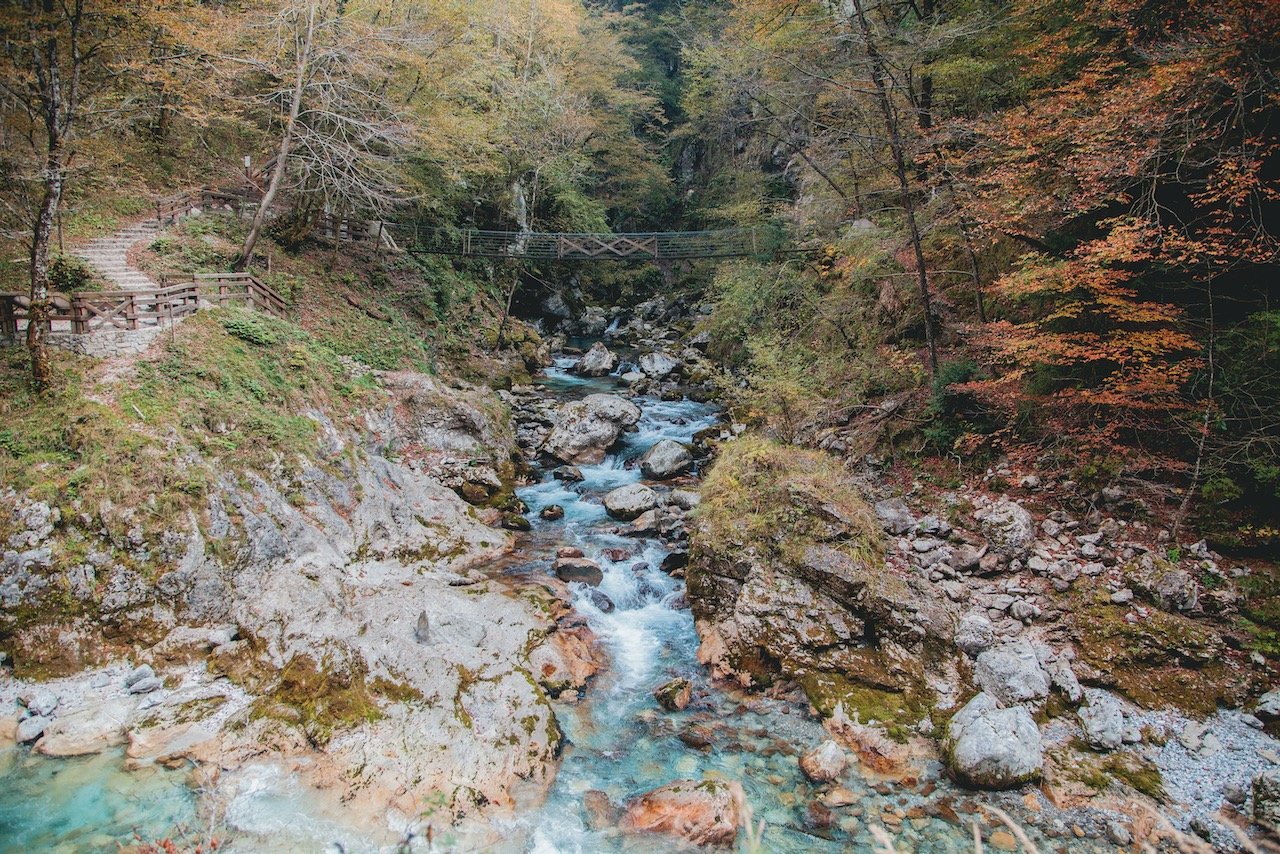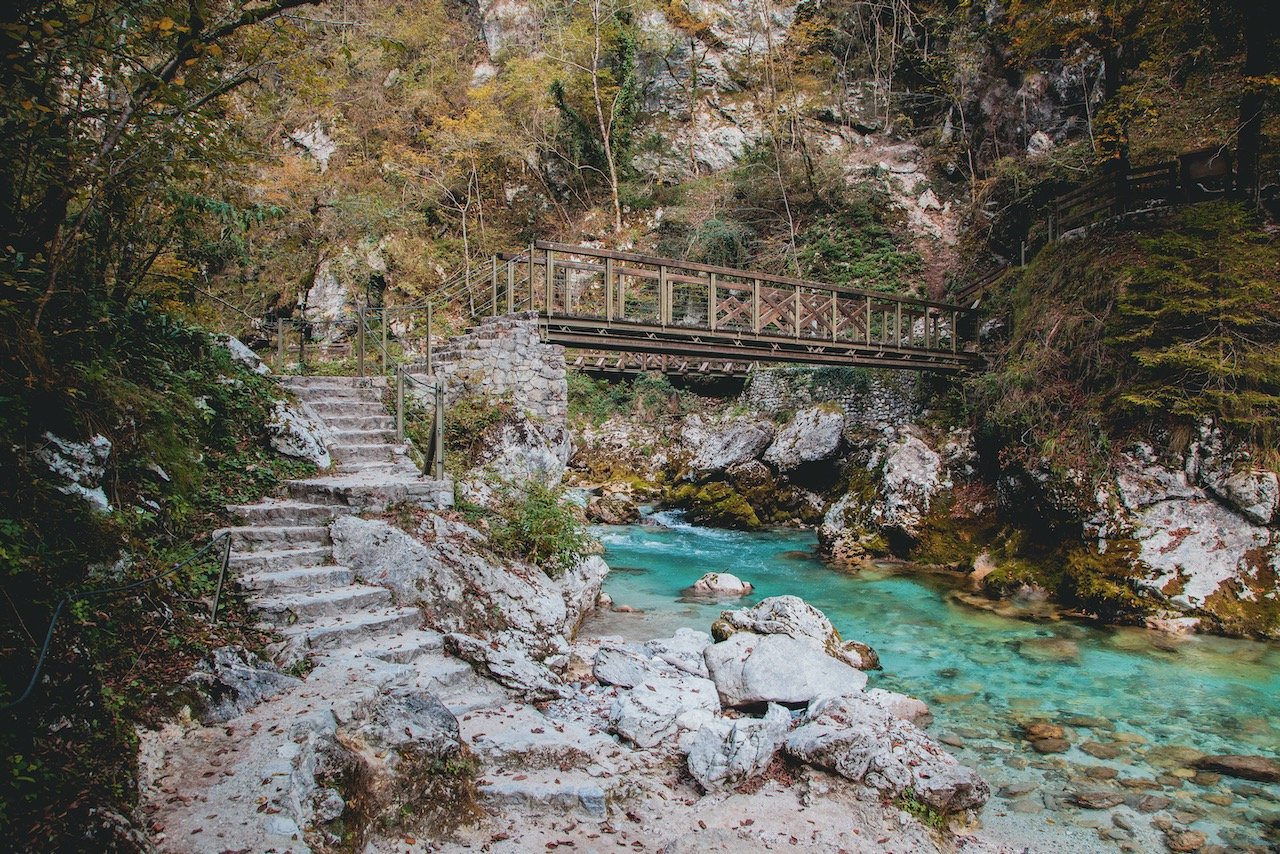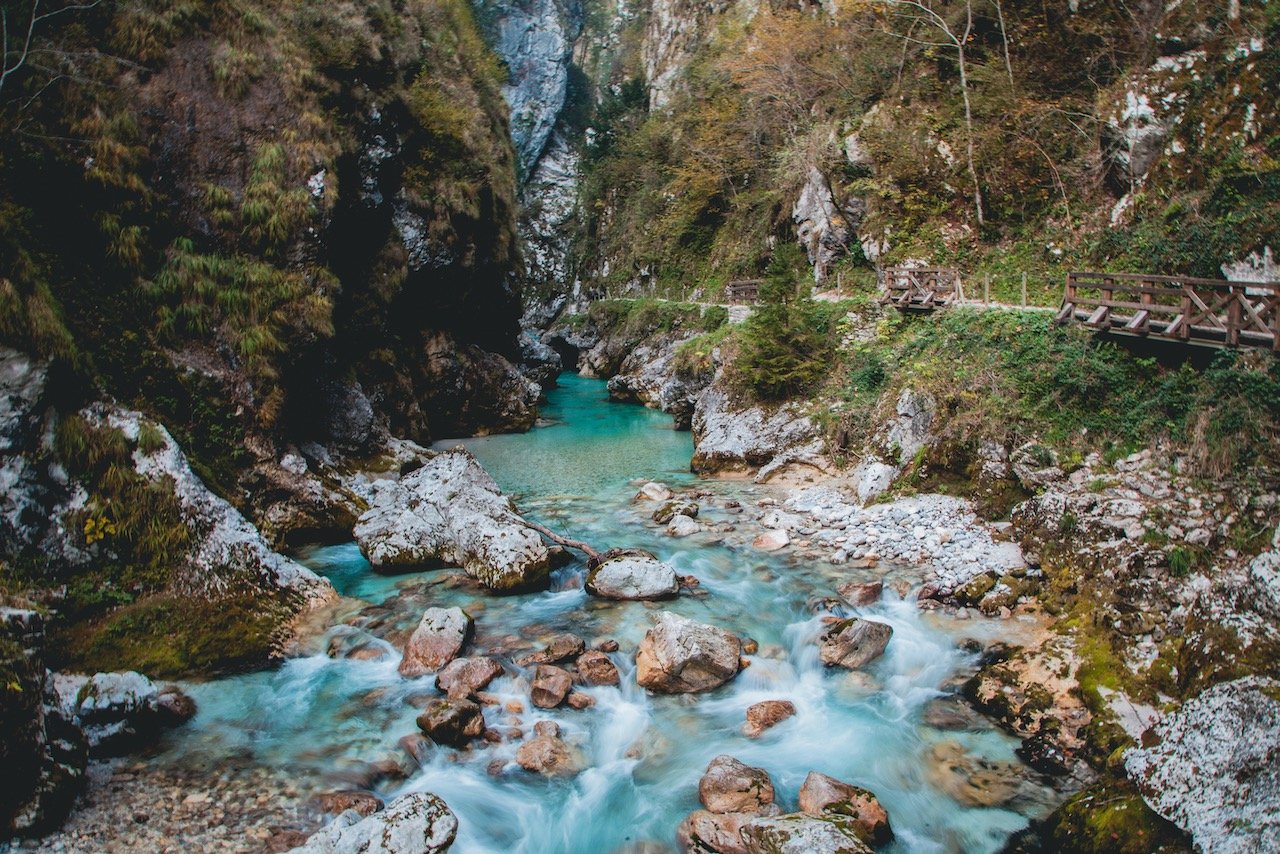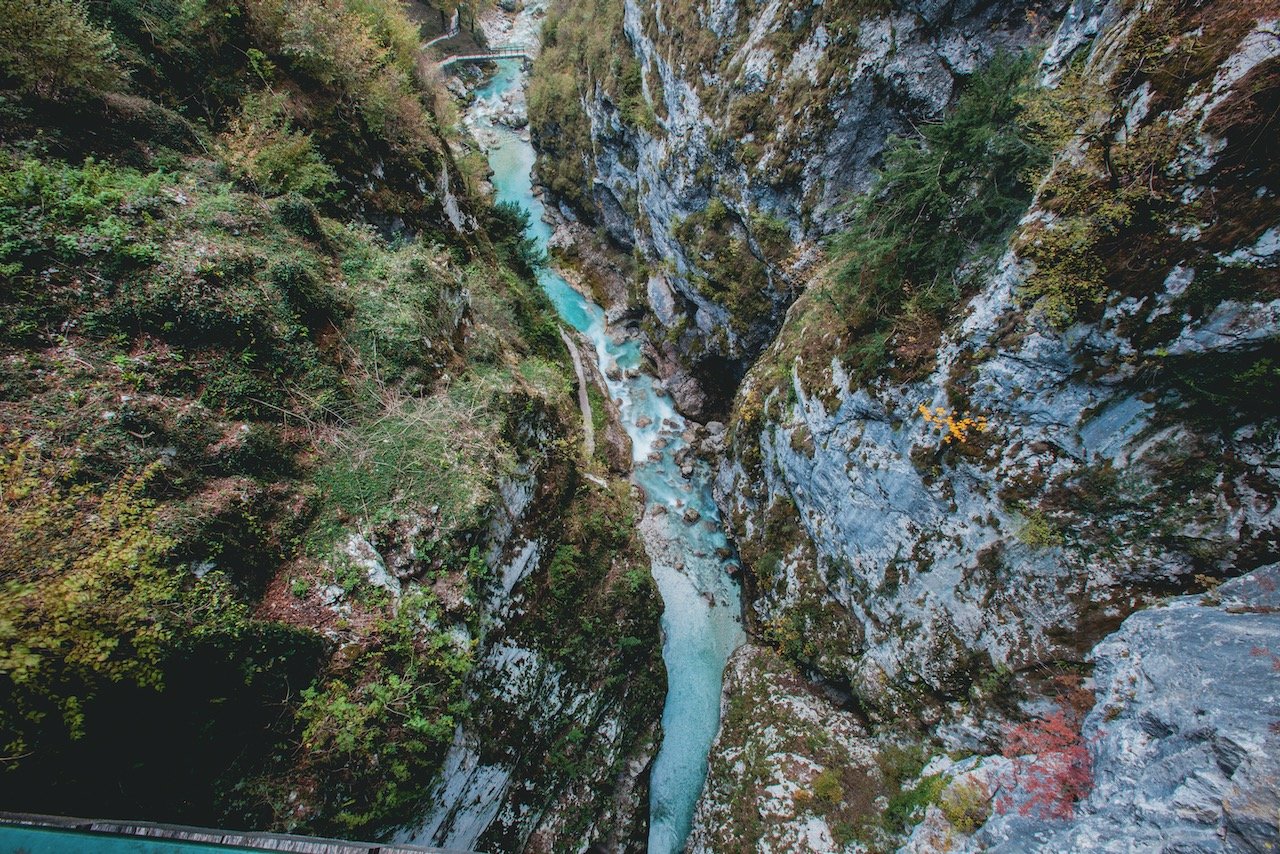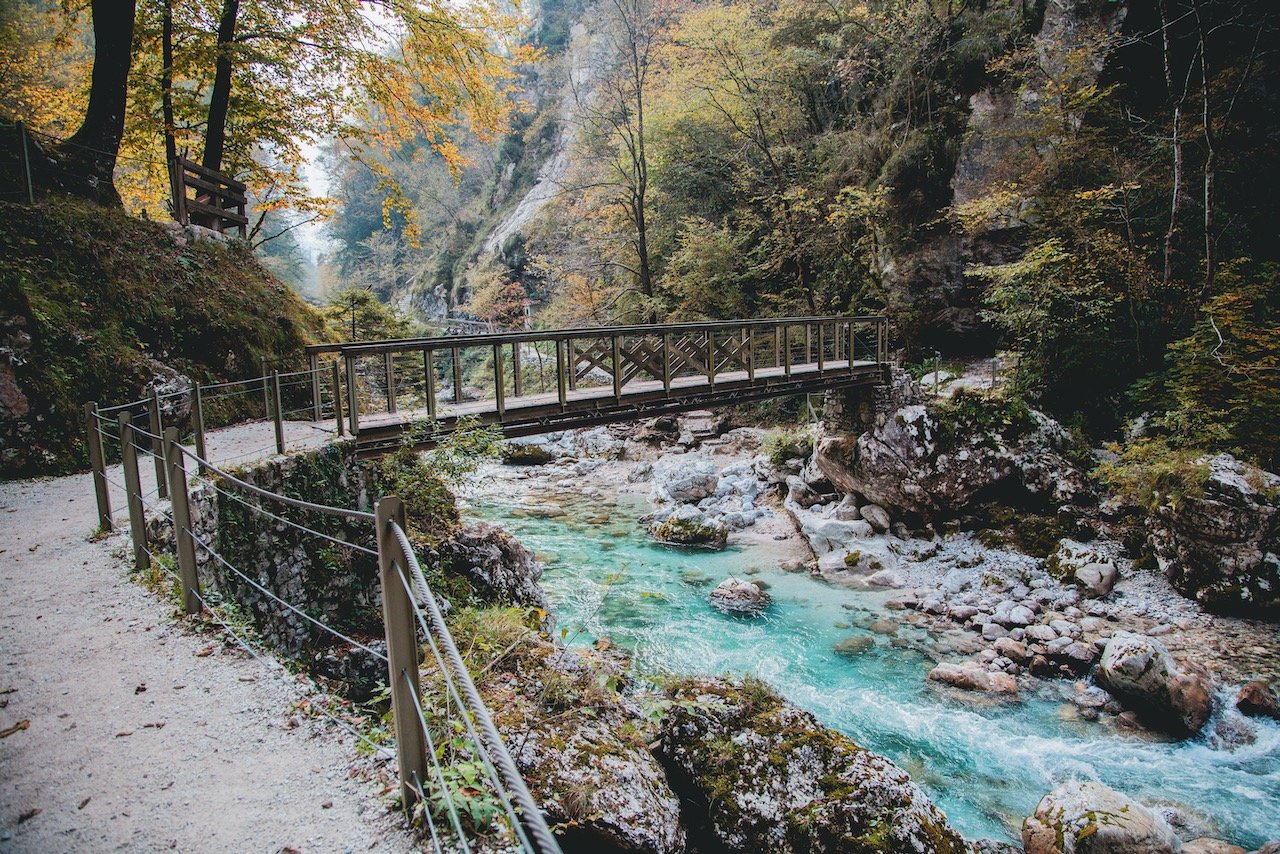The best places to see in Triglav National Park in Slovenia
(Some links in this post are affiliate links. If you click through and take action, I'll be compensated.) If you are also interested in any PRINTS from any of my posts, be sure to check out my store where you can buy prints as posters, in metal/wooden frames or on canvas.
**This post is the 5th of a 7-post series discussing what to see on your Slovenian road trip (You can check out the other parts in the list below, separated by each city/region (just click the name to see the blog post. Everything is also summarized in another post here.**
Ljubljana (Blog Post: Why Ljubljana, Slovenia is such a wonderful country capital)
Ptuj (Blog Post: Check out the small Slovenia town of Ptuj)
Maribor (Blog Post: Take a trip to the wine region of Maribor, Slovenia)
Bled (Blog Post: Why Bled is the best city in Slovenia to visit)
Triglav National Park (Blog Post: The best places to see in Triglav National Park in Slovenia)
Piran (Blog Post: Why Piran is a hidden gem in Slovenia)
Slovenian Road Trip Summary (Blog Post: The Epic Slovenia Road Trip)
Triglav National Park is the sole national park in Slovenia. When you realize how awesome Triglav is, you understand why it is unnecessary to need any more. Triglav is the largest peak in the Julian Alps and highest in Slovenia with an elevation of 2,863.65 meters. So with that, it is considered the flagship mountain of the country and the park itself.
The park occupies a large part of Northwestern Slovenia and its perimeter is situated very close to the town of Bled. I found myself in this part of the country during my 10 day long Slovenia road trip, of which I easily spend 4 days in Triglav National Park. There are plenty of hikes of varying difficulty, suitable for everyone.
Four days may seen like enough but I could have easily spent more time. The places I will discuss in this post are the sights I have been to and can personally vouch for. So bear in mind that this list is not comprehensive, but are more or less the highlights one can expect from the park. There is a Google Map at the end of this post with all the places I will talk about.
If you like some of my photos that you have come across, just know that I have many prints showcasing a variety of landscapes, including Slovenia, available for purchase below! (Sold as Posters, Canvas, or in Metal-Frames and Wooden-Frames).
Lastly, the time of year I went here was in Mid-October, just in time for the colors of fall to fully come out and although I have never been during any other time, I cannot recommend this time frame enough. I was blown away by my photos and the natural, raw beauty of this place.
Check out my drone video of Slovenia below!
As a drone operator, I always love finding places where my drone will capture such amazing shots. After doing my research before my trip here, I found that flying the drone in Triglav National Park was heavily restricted. Because of this, I decided to write to the management of the park and see if I can get a permit for shooting in some places.
After some email correspondence, I found that they granted me a permit to fly only in area of infrastructure that were along main roads, so as not to disturb the quiet nature in the more remote regions. The cost was 26 Euros for them to process this and took around 10 days time. Easy as that! Please take the time to do this and don’t just fly there because no one is looking.
My first foray into the park happened to be when I was driving from Graz, Austria to Bled. My original plan was to go right to Bled, but when I saw signs for Soteska Vintgar (Vintgar Gorge), I decided to stop. Luckily, I got there 5 minutes before they stopped letting in visitors and as the last visitor to enter, it seemed like I had the whole place to myself.
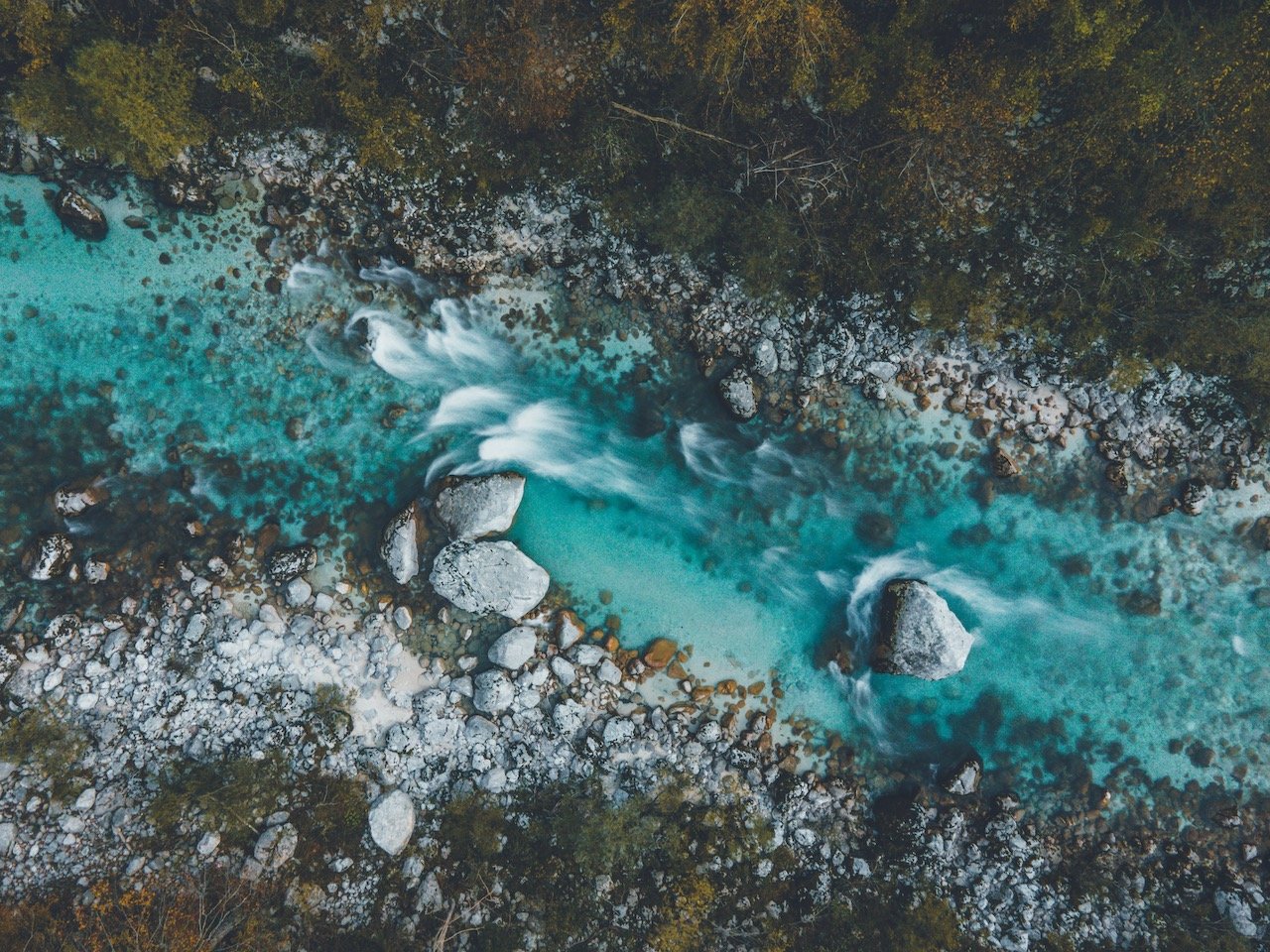
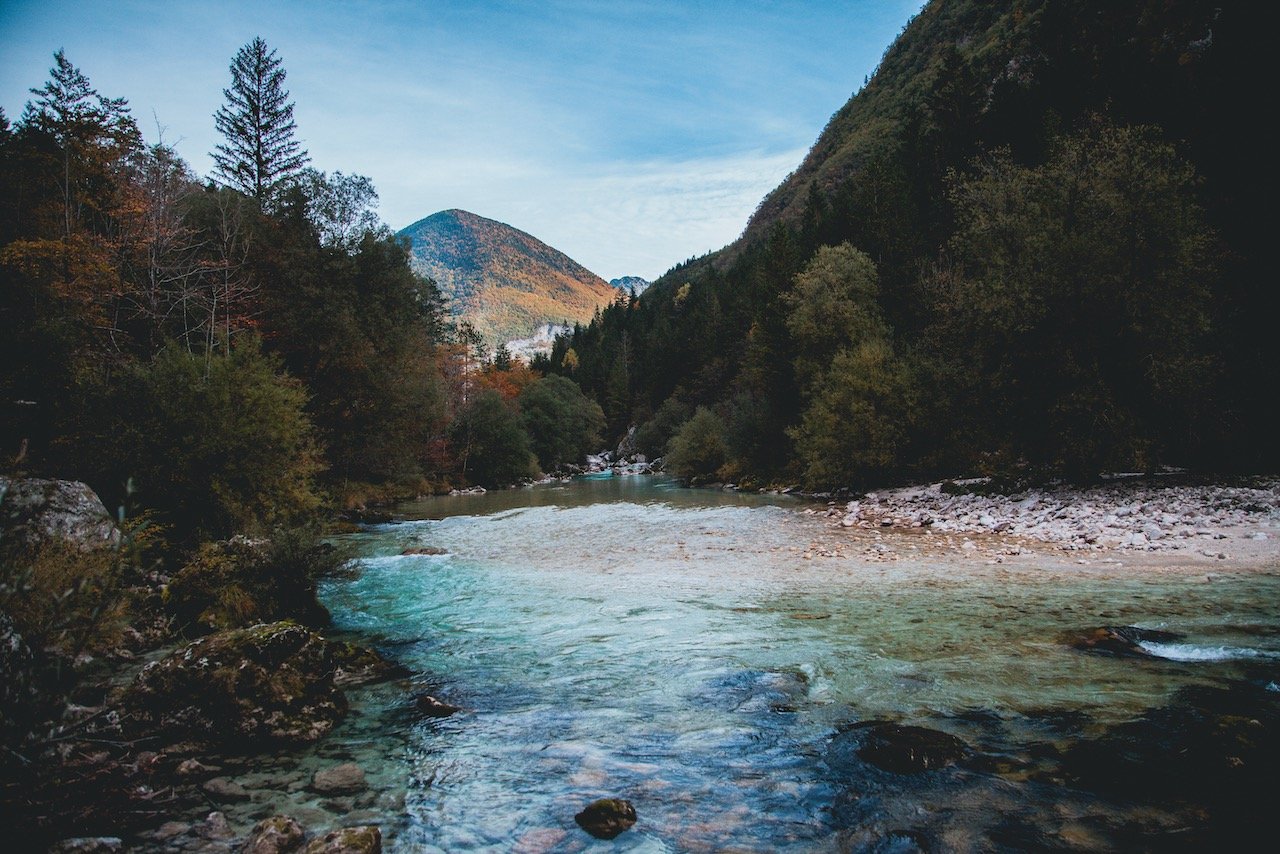
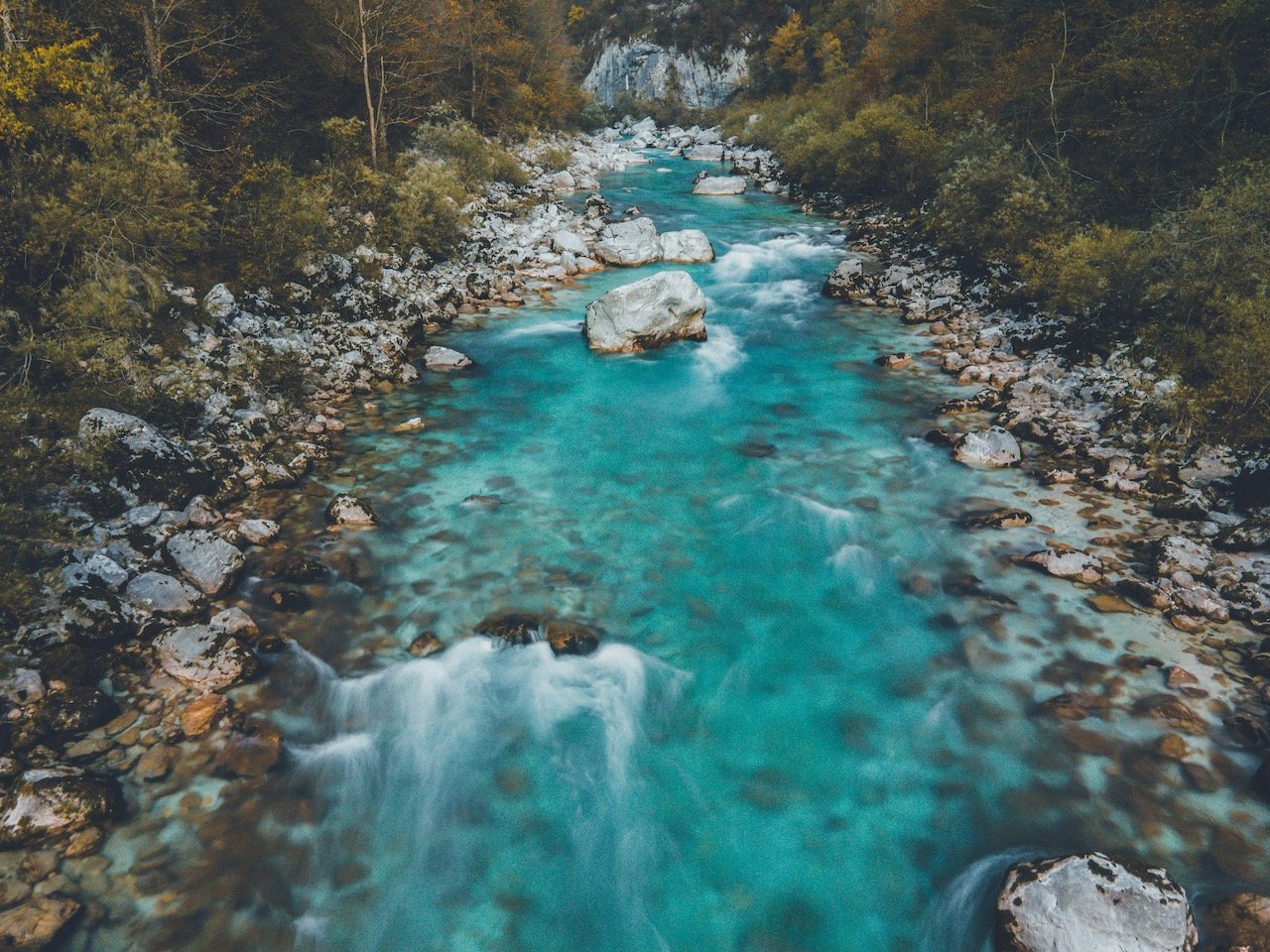
This 1.6 kilometer long gorge features hiking paths and bridges along the Radovna River, often in gorgeous displays of green and blue from the nearby mosses and trees. I also went during the autumn so the fall foliage was in full effect. The journey starts by taking you along the river and eventually you will reach a point where you will see a tall waterfall, and you have the choice of taking the circle path back to the parking (Saint Catharine route) or a non-circular path that ventures you further out.
Keep in mind that the gorge is closed during the cold winter months and that 10am-1pm are the busiest times during the day. But this is the best introduction to the Triglav National Park that I can imagine.
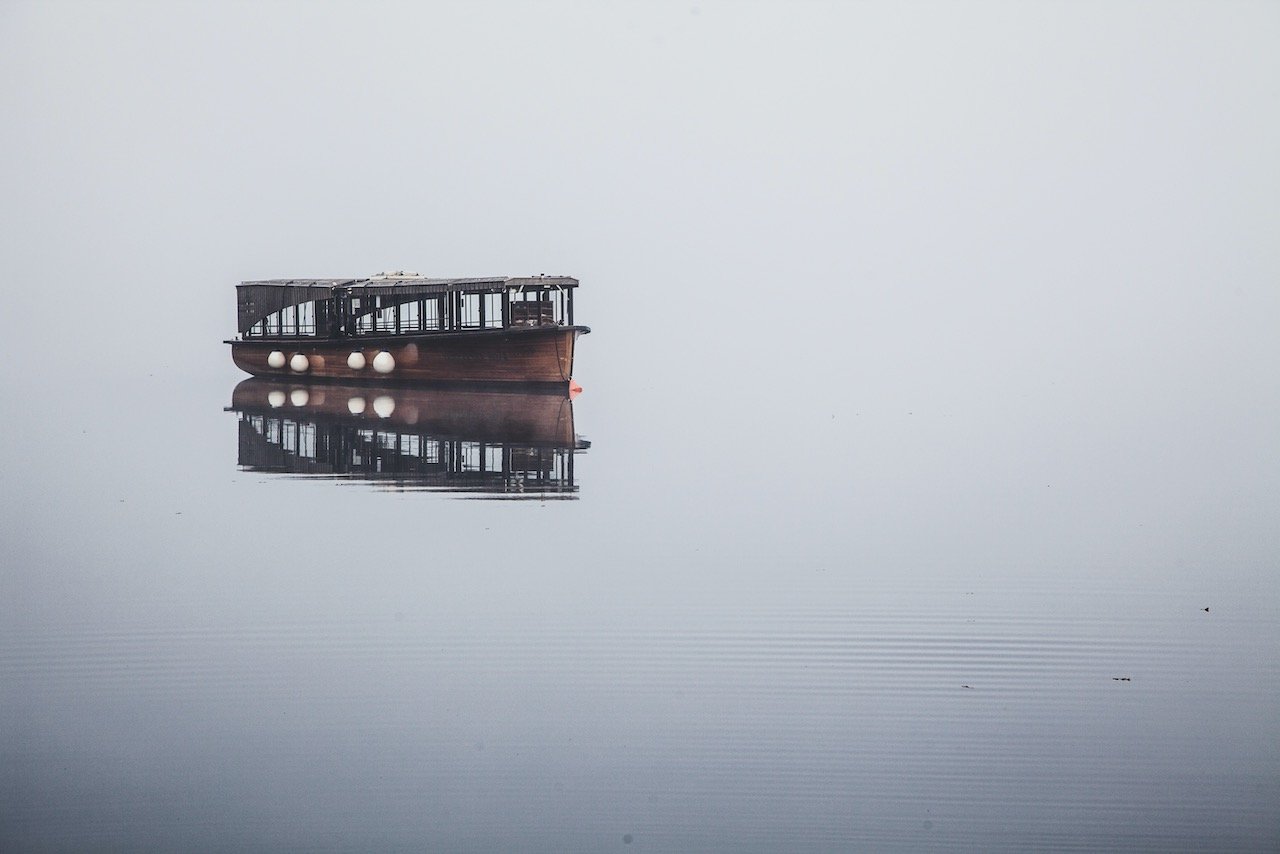
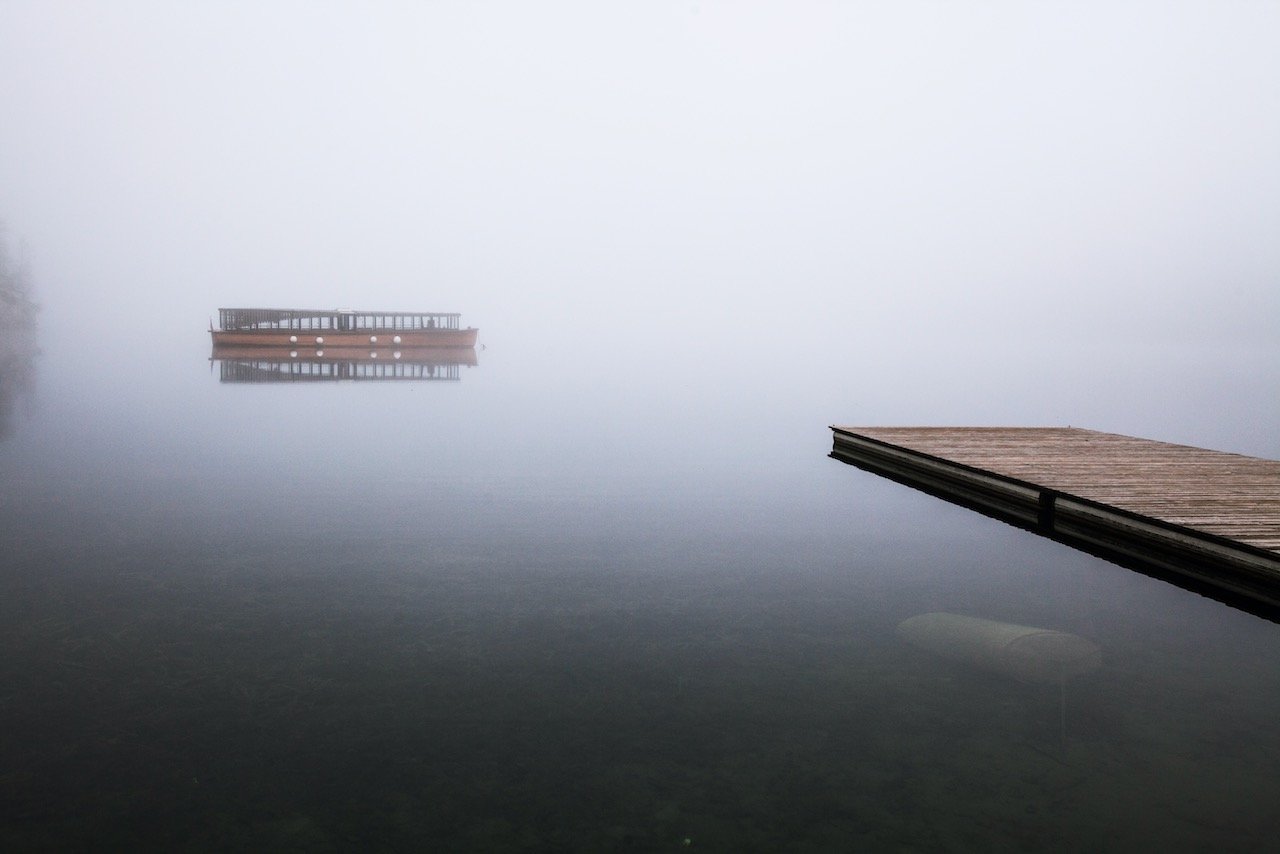
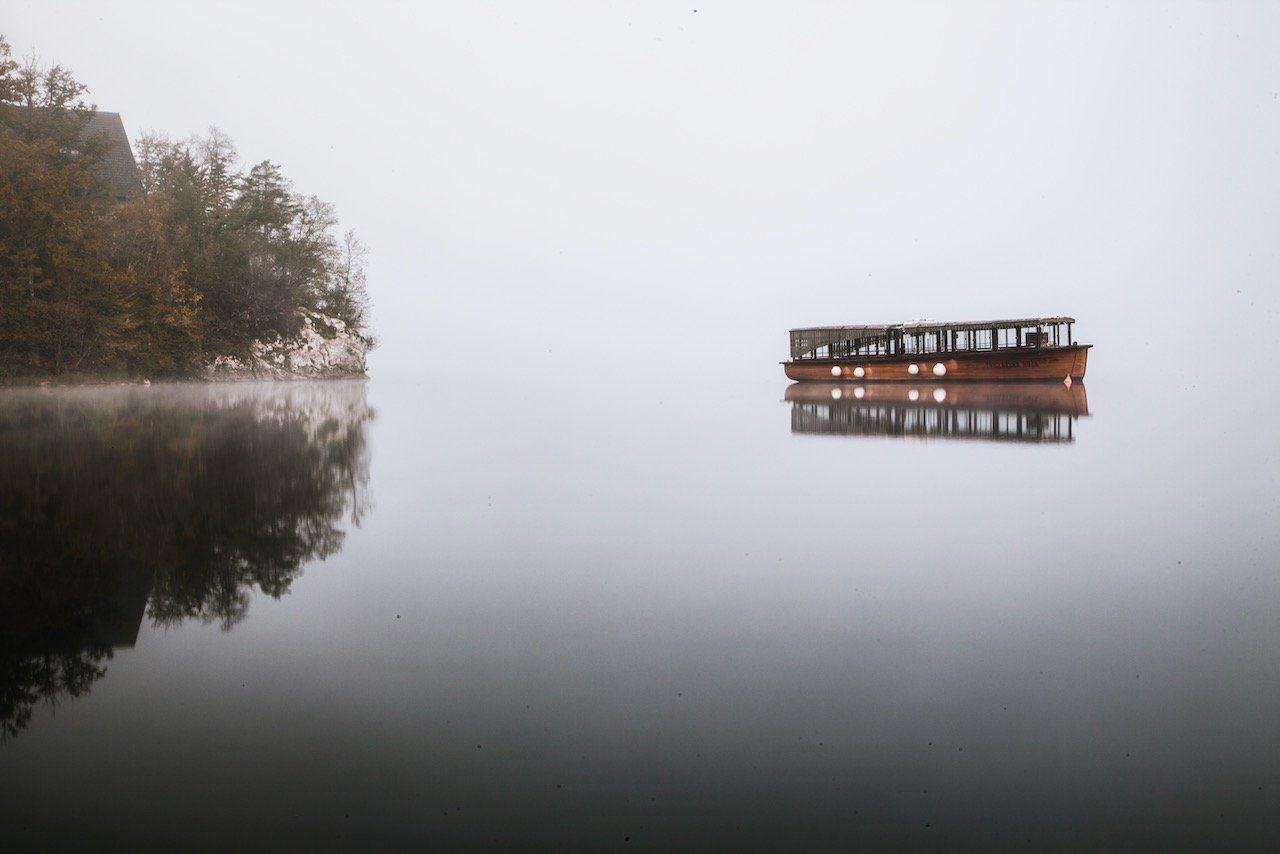
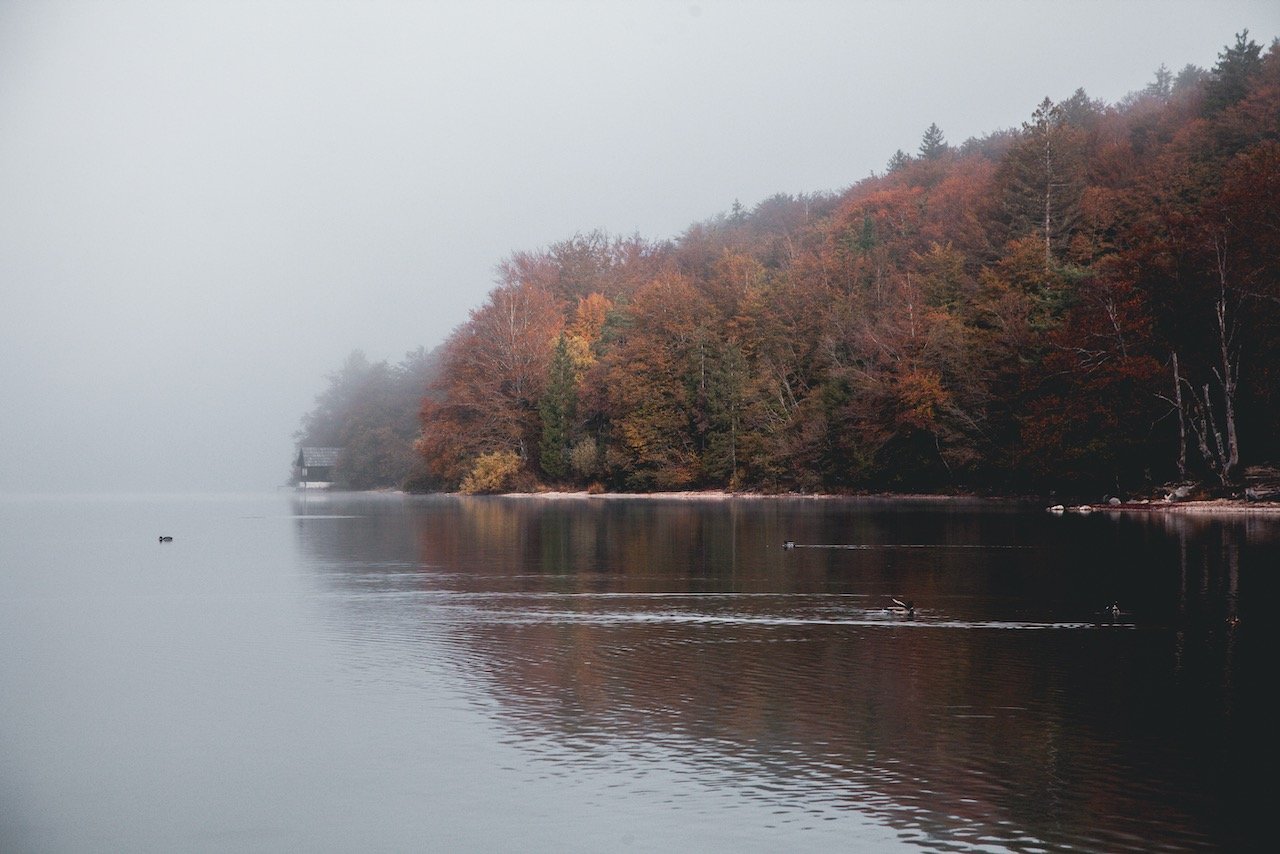
Bohinj is a small town lying in the heart of the Julian Alps with the focal point being Lake Bohinj. A visit to this place is a must as it is significantly smaller than Bled and a bit more quieter and peaceful to explore. You can park on the periphery of the lake and walk around it from numerous walking paths. I came here just after sunrise and found it to be quite foggy, but stayed and took photos while the fog lifted.
I specifically enjoyed having the Church of St. John the Baptist (Cerkev Svetega Janeza Krstnika v Bohinju) in my photos during that morning. This was a weekend morning and it seemed like I had the place to myself. I couldn’t believe how serene it was. I think if you have the time, you should overnight in Bled AND in Bohinj, to experience both lake areas properly.
The Slap Savica (Savica Waterfall) is also situated in Bohinj and is the third most visited attraction in Slovenia. It is an ‘A’ shaped waterfall and is 78 meters high. You can get there a few days by: a) hiking on a marked trail from the Zlatorog Hotel (1 hour to falls parking), b) by car to Savica Hut, c) by bike to Savica Hut, or d) by bus (only in the summer).
Slap Pericnik (Pericnik Waterfall) is one of those rare waterfalls that allow you to even walk behind it (just like Kvernufoss and Seljalandsfoss in Iceland). It is protected as a world natural heritage site and sits only 16 meters tall. By car, you can easily drive to the Peričnik hut which sits just 10 minutes below the waterfall itself. I managed to get here in the morning before anyone else was around to enjoy it by myself. Furthermore, amidst the fall foliage, it was an incredible site.
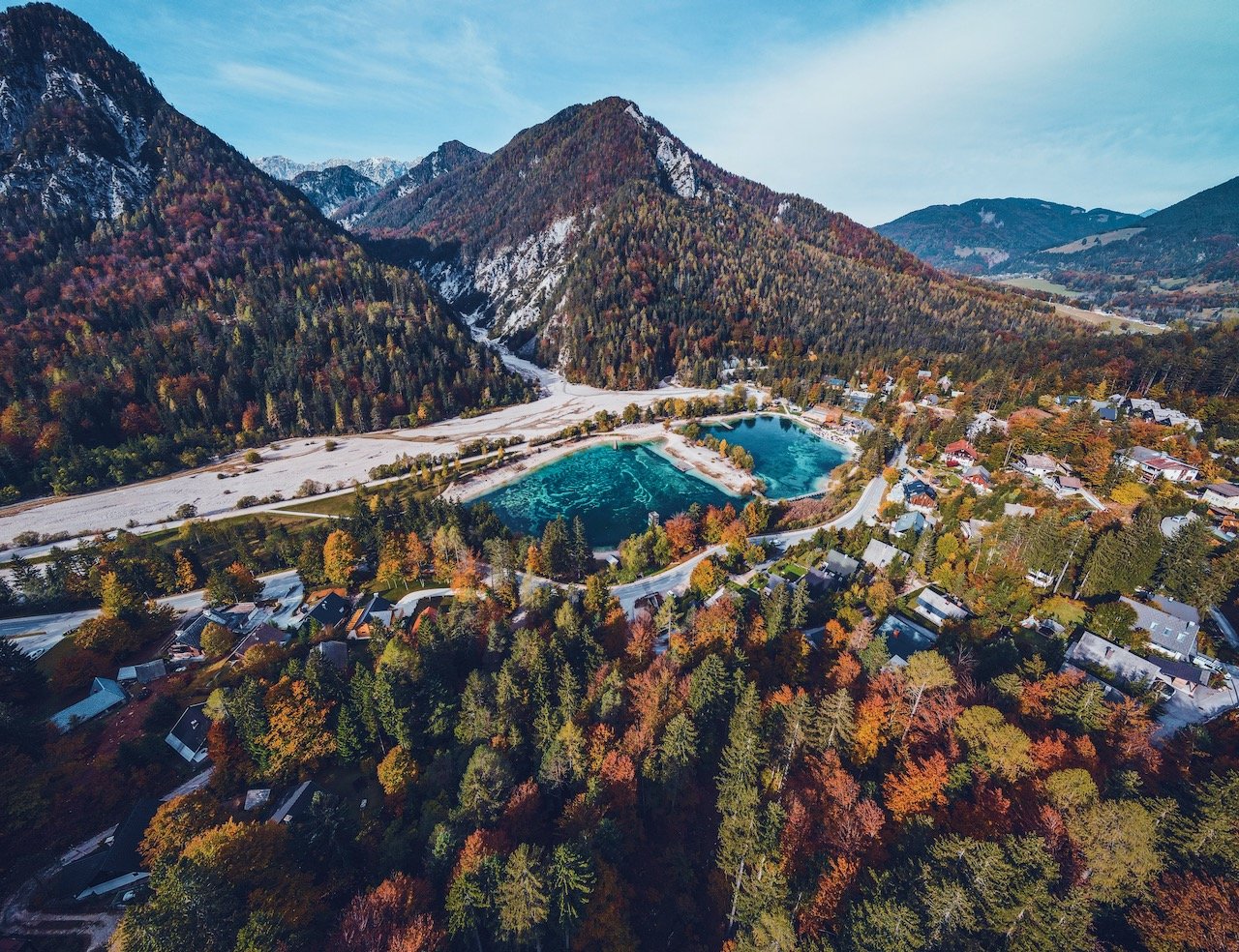
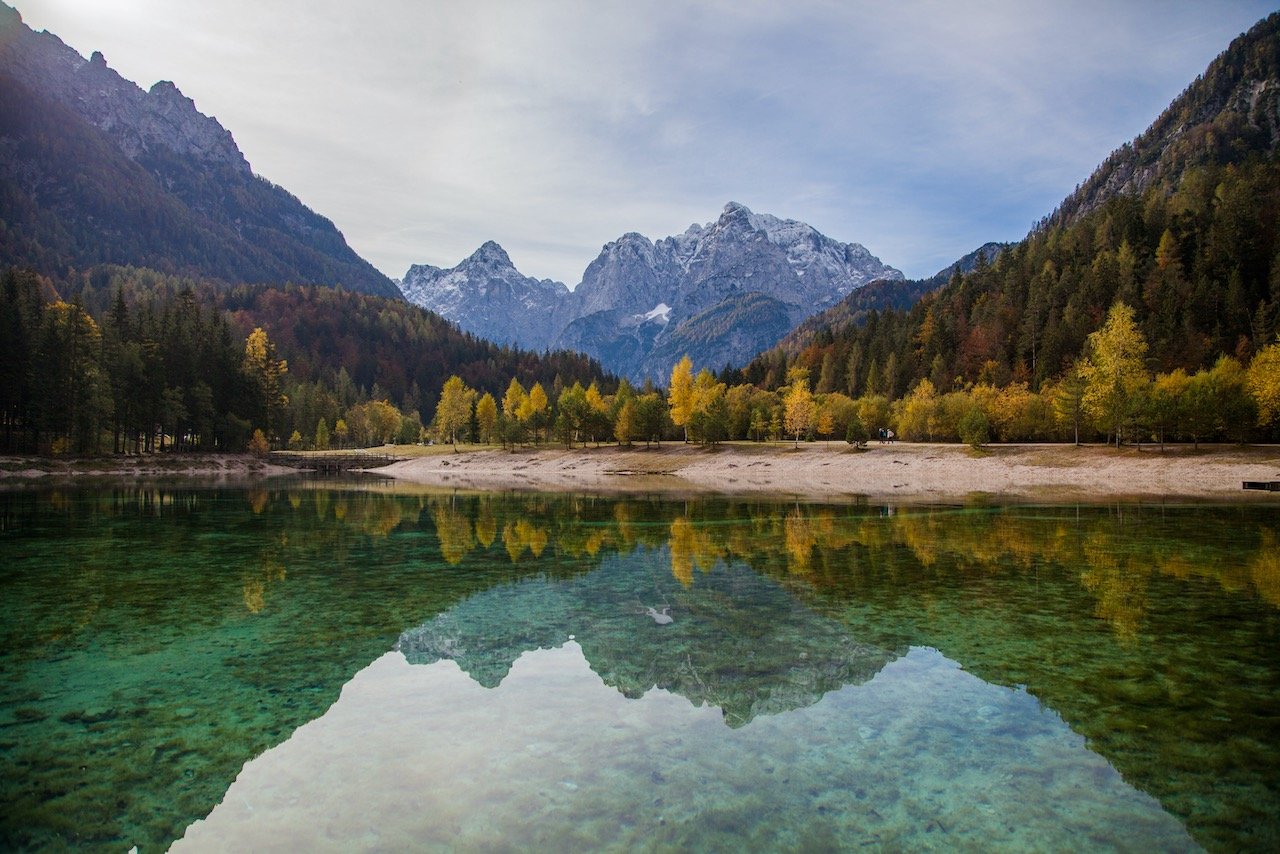
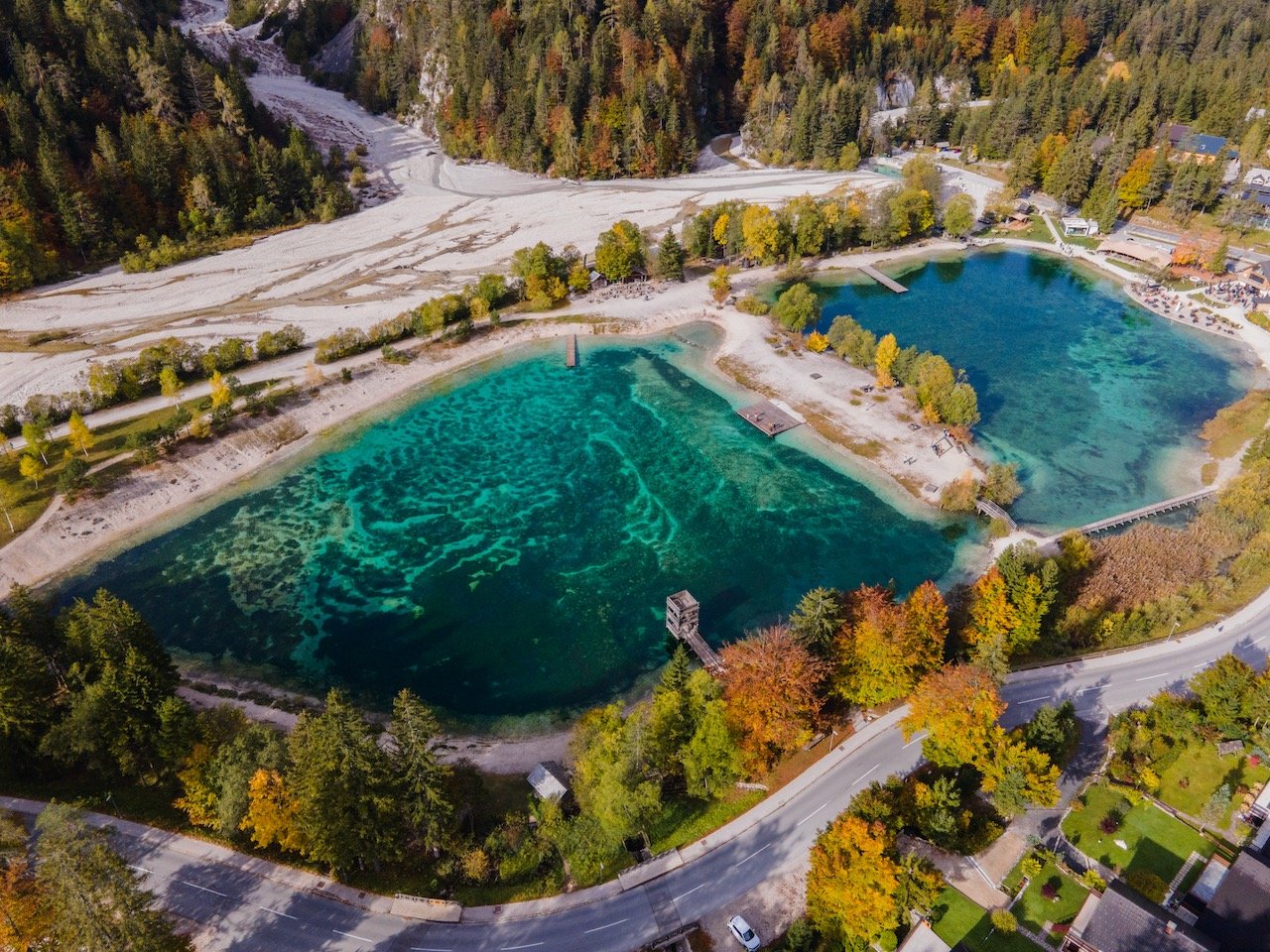
Jezero Jasna (‘Jezero’ meaning ‘lake’ in Slovenian) is actually not in the Triglav National Park, however sits just outside of it, hence why I have included it here. This lake is a gorgeous emerald color and sits a few kilometers away from the start of the Vrsic Pass in Triglav National Park. These two artificial lakes are few by the streams of Velika Pišnica and Mala Pišnica. There is a platform here you can fish from or take some of the most gorgeous photographs from. There is also a path that goes along the perimeter of the lake to get it from all angles.


